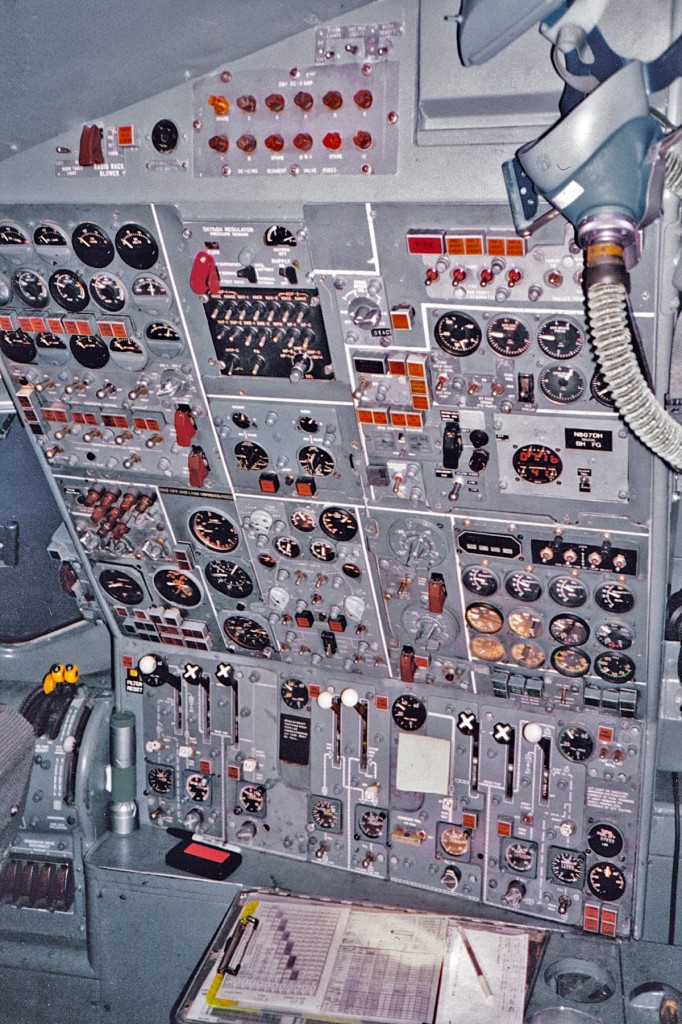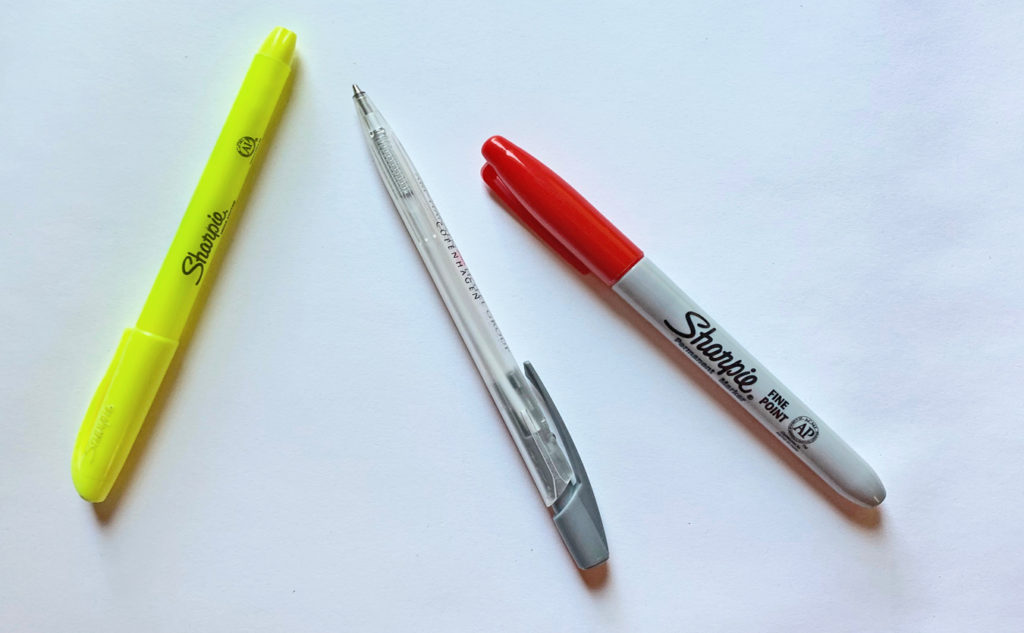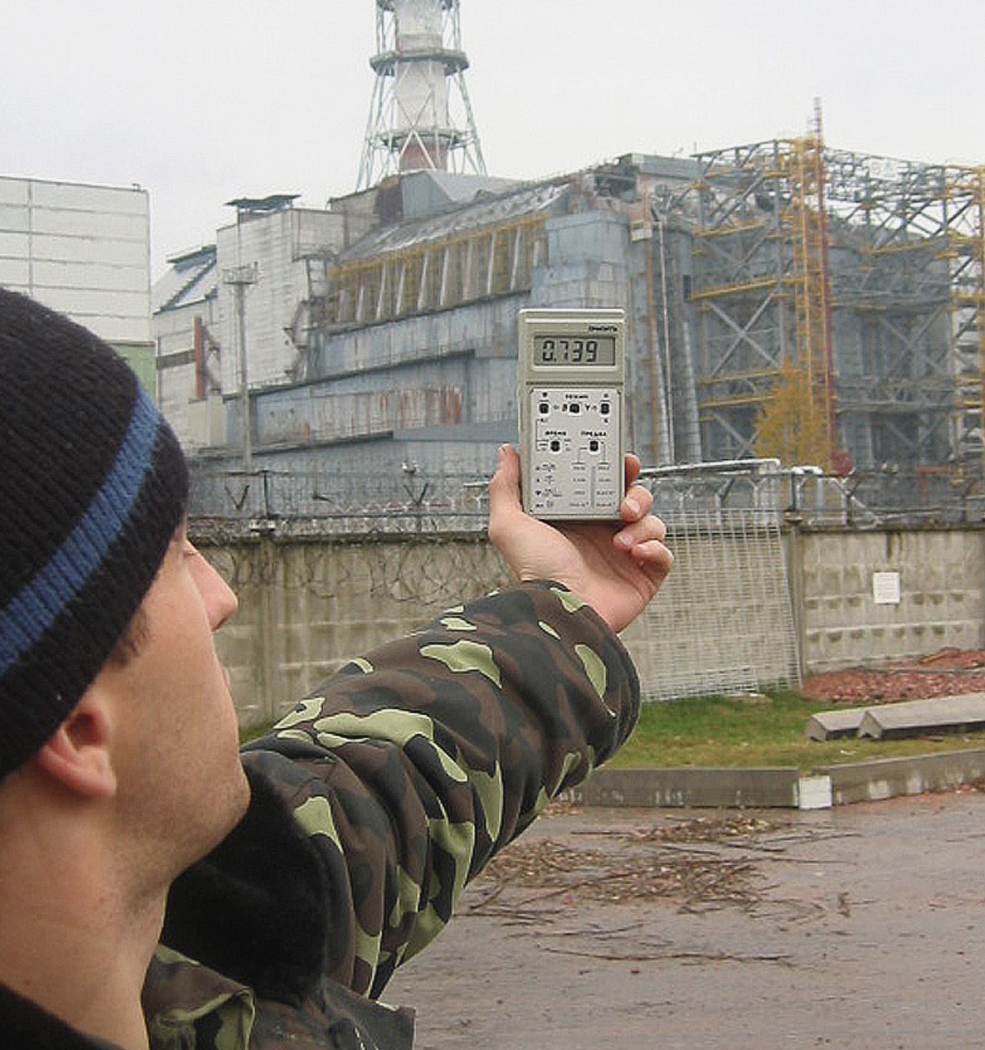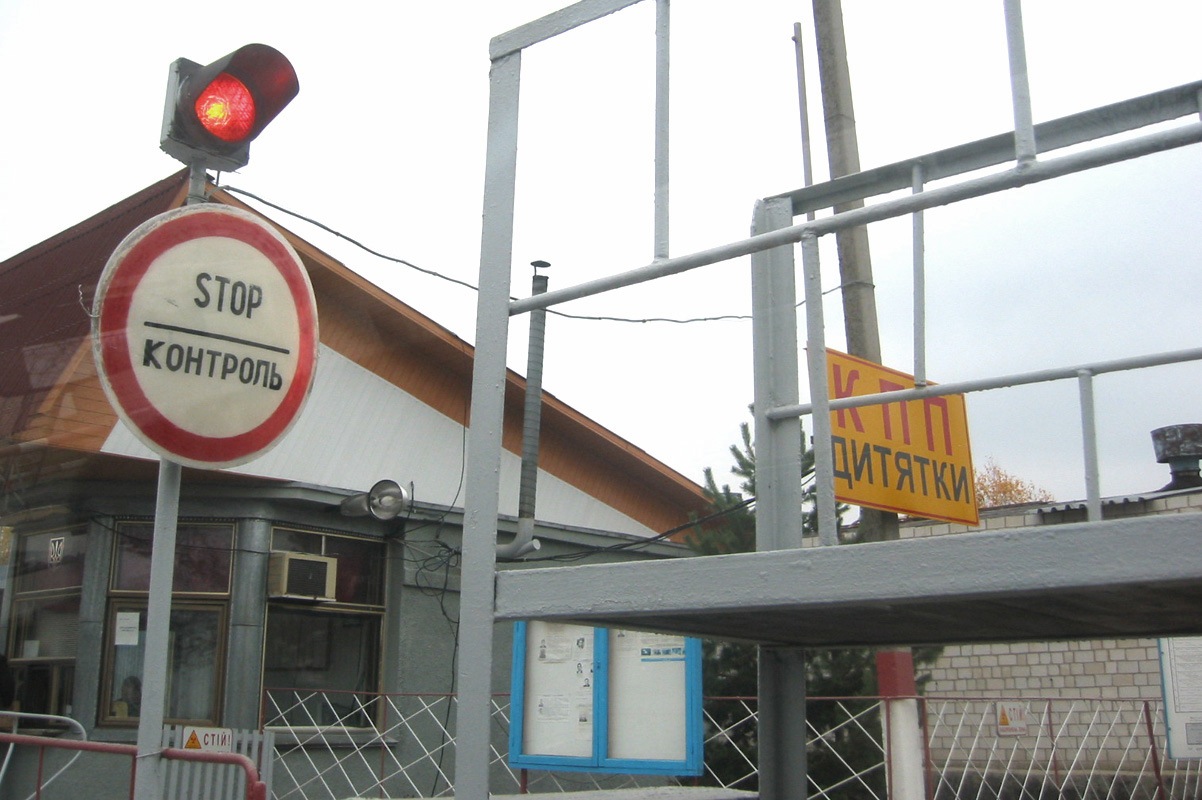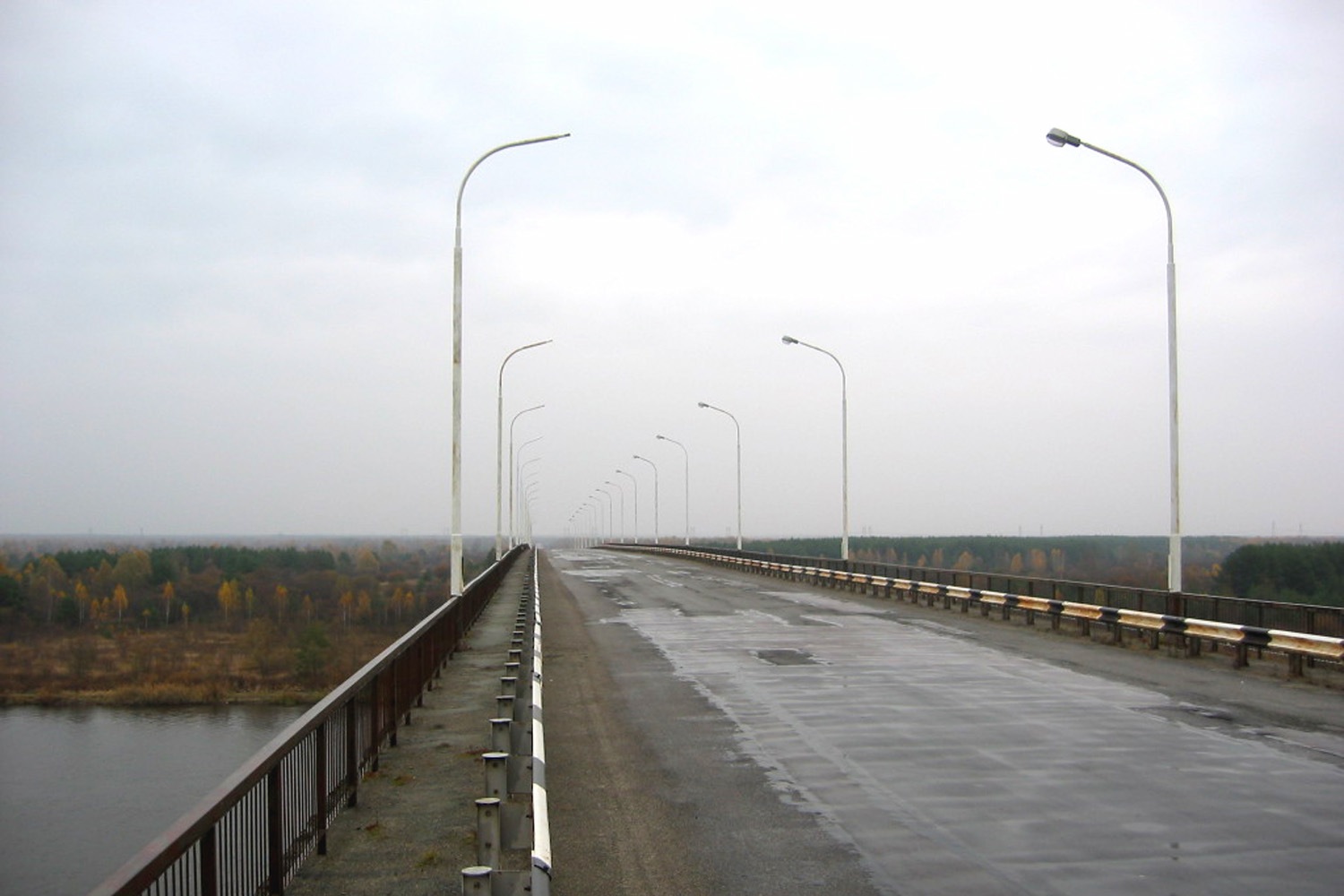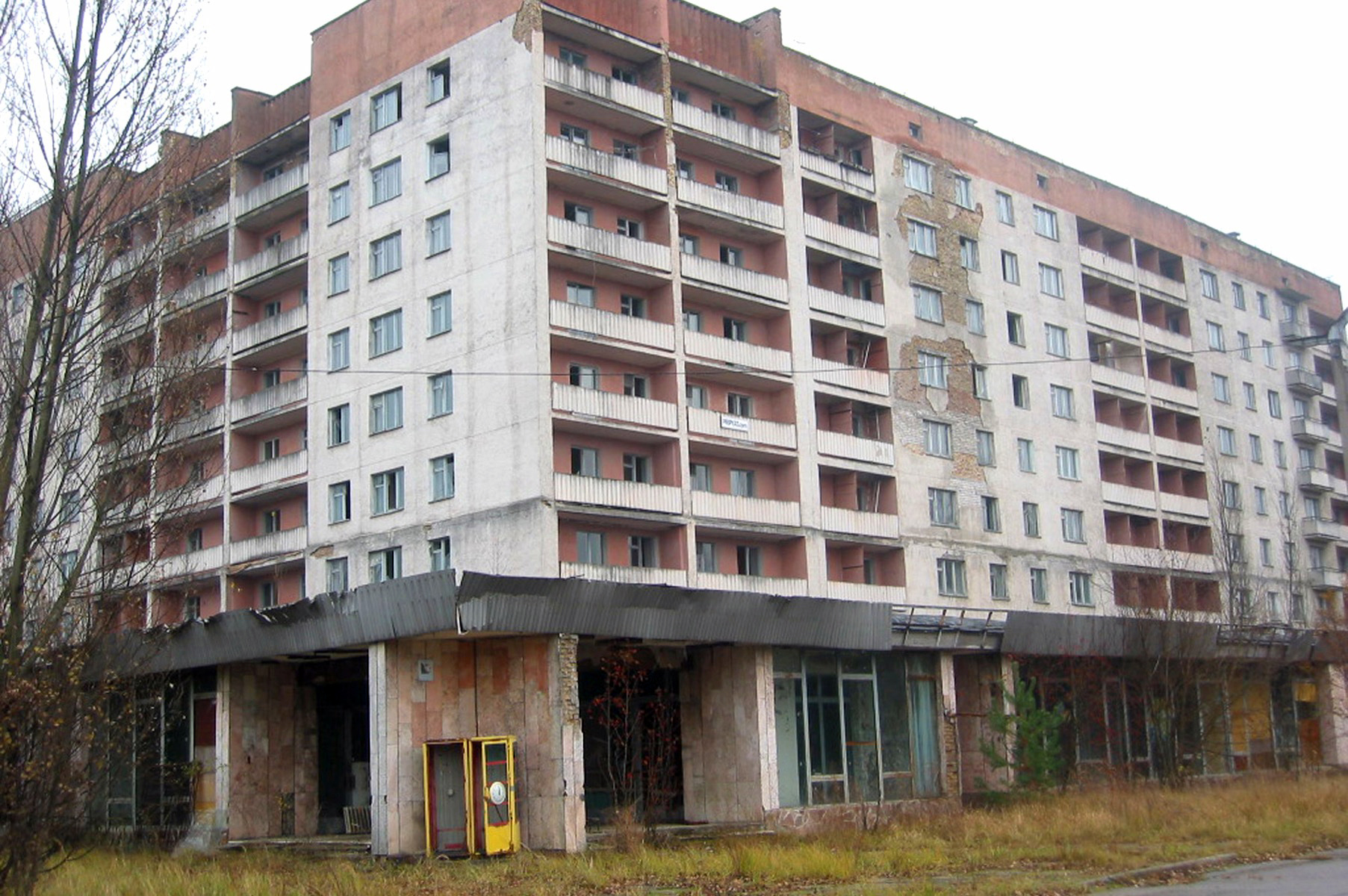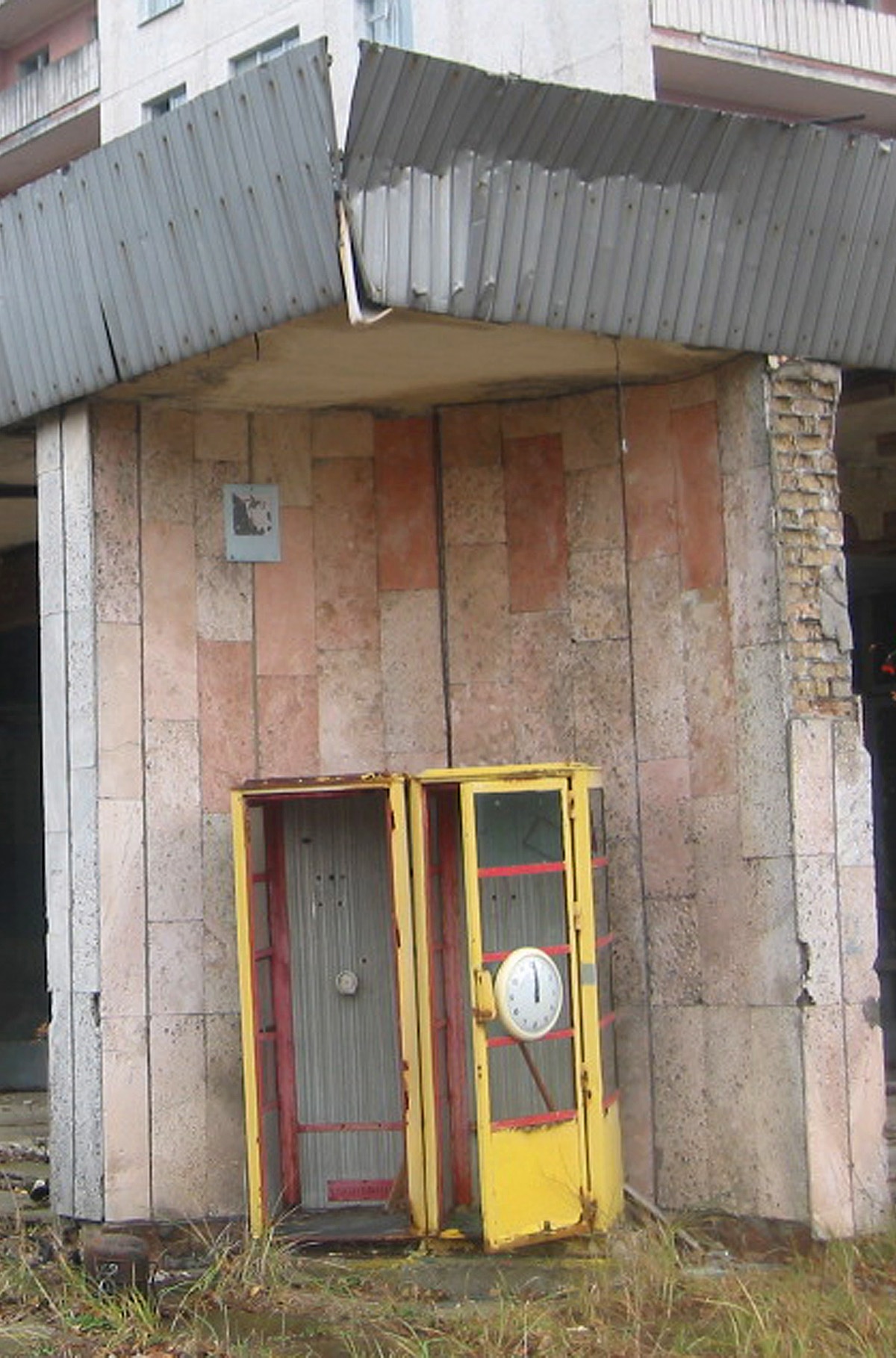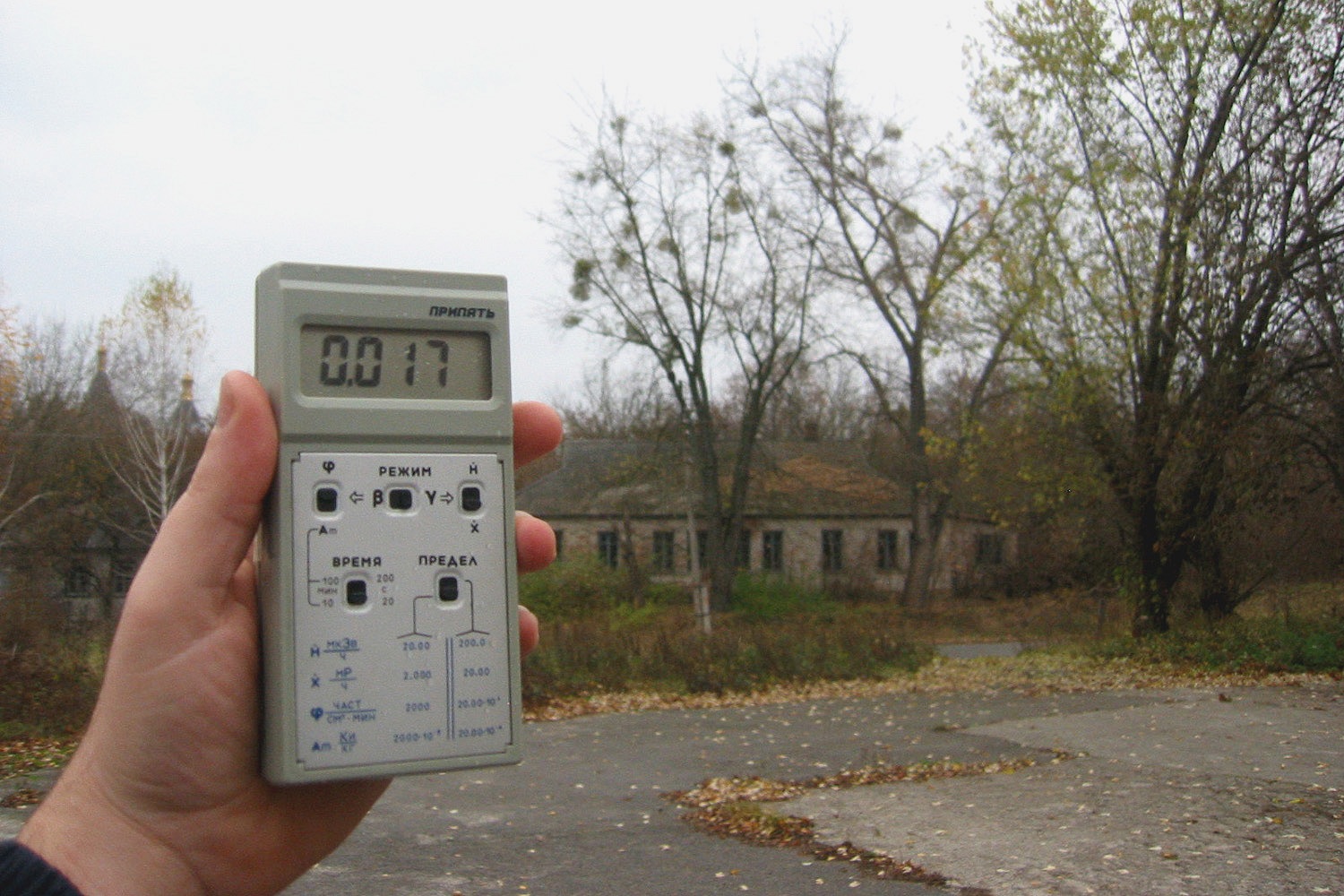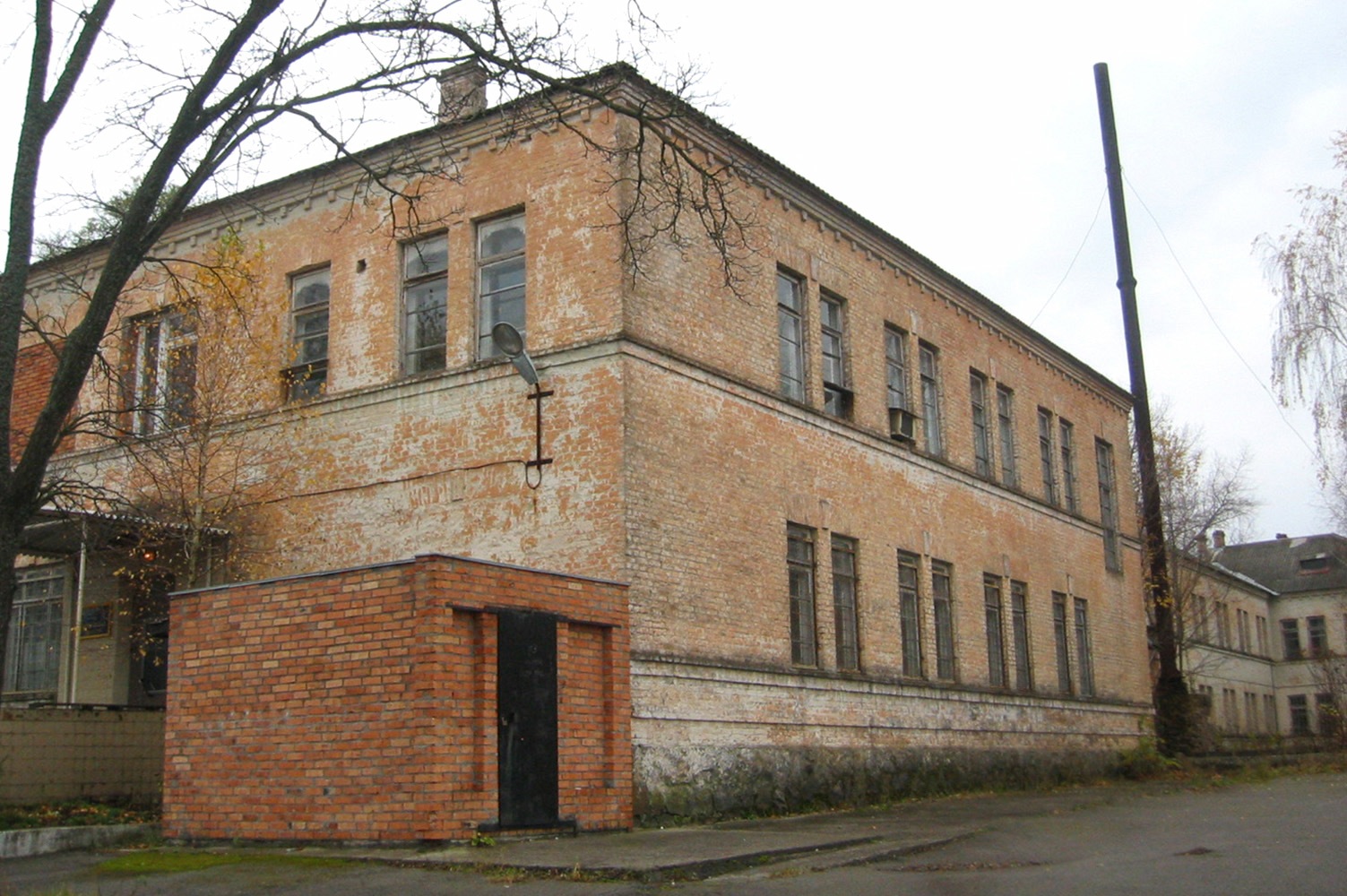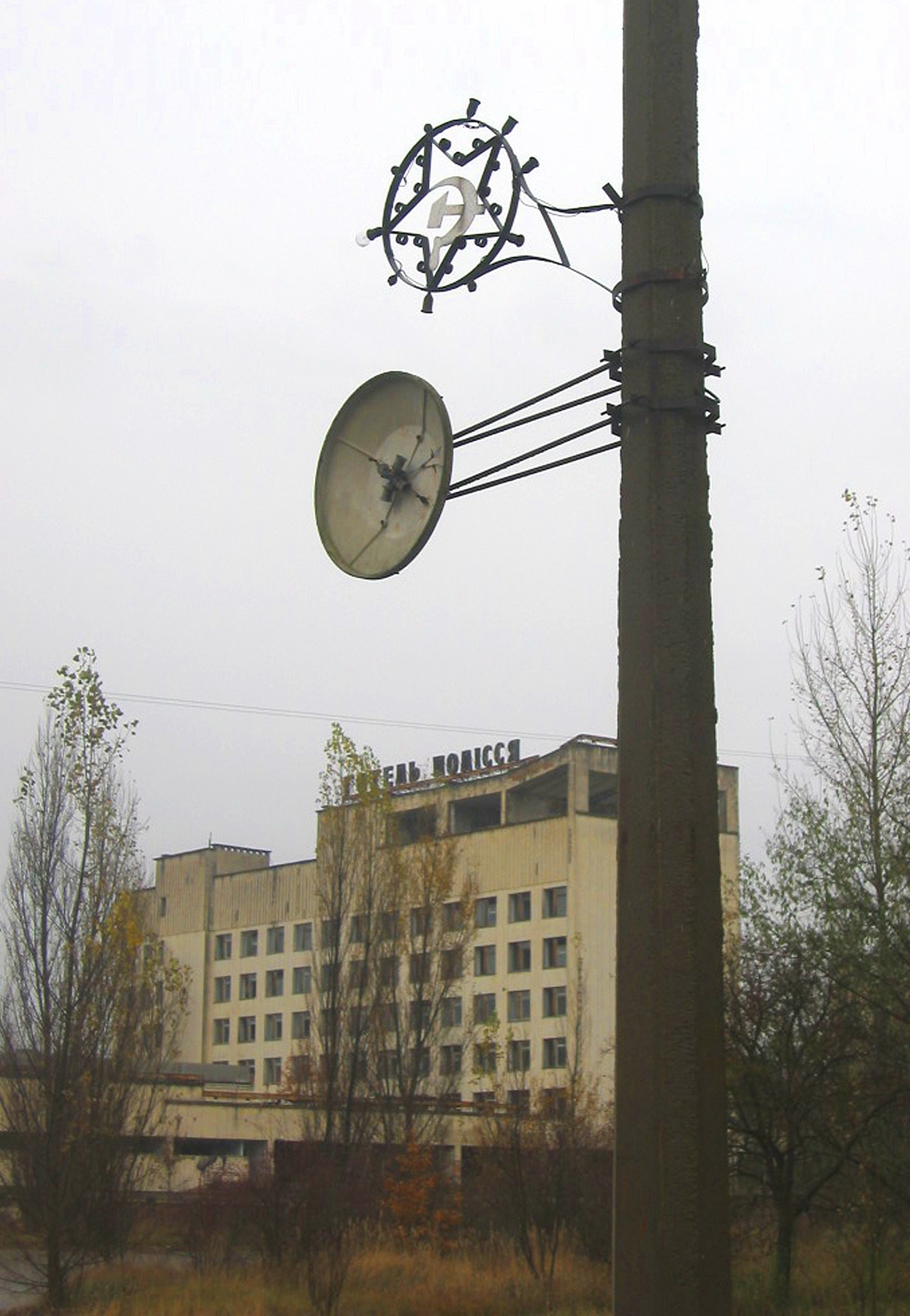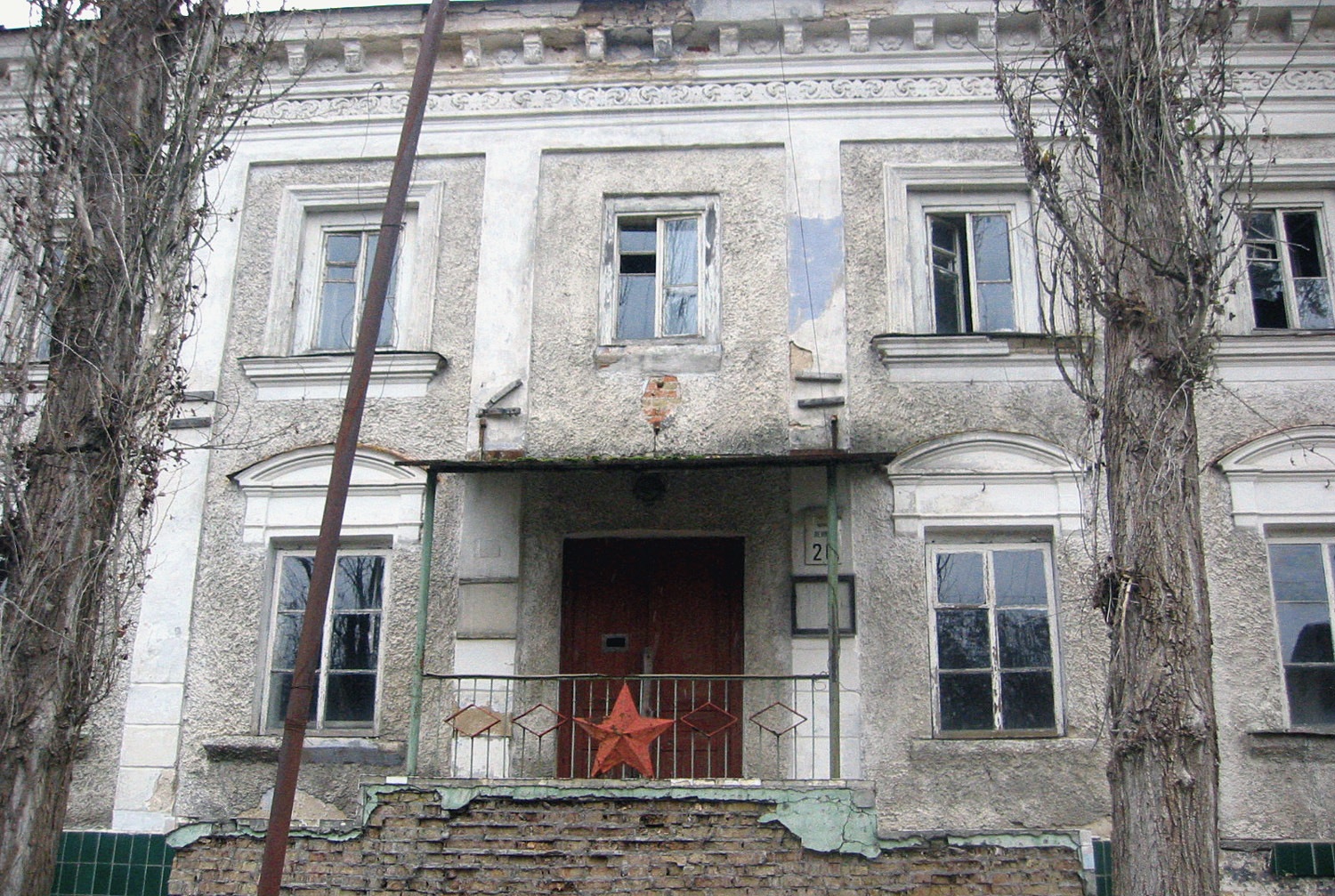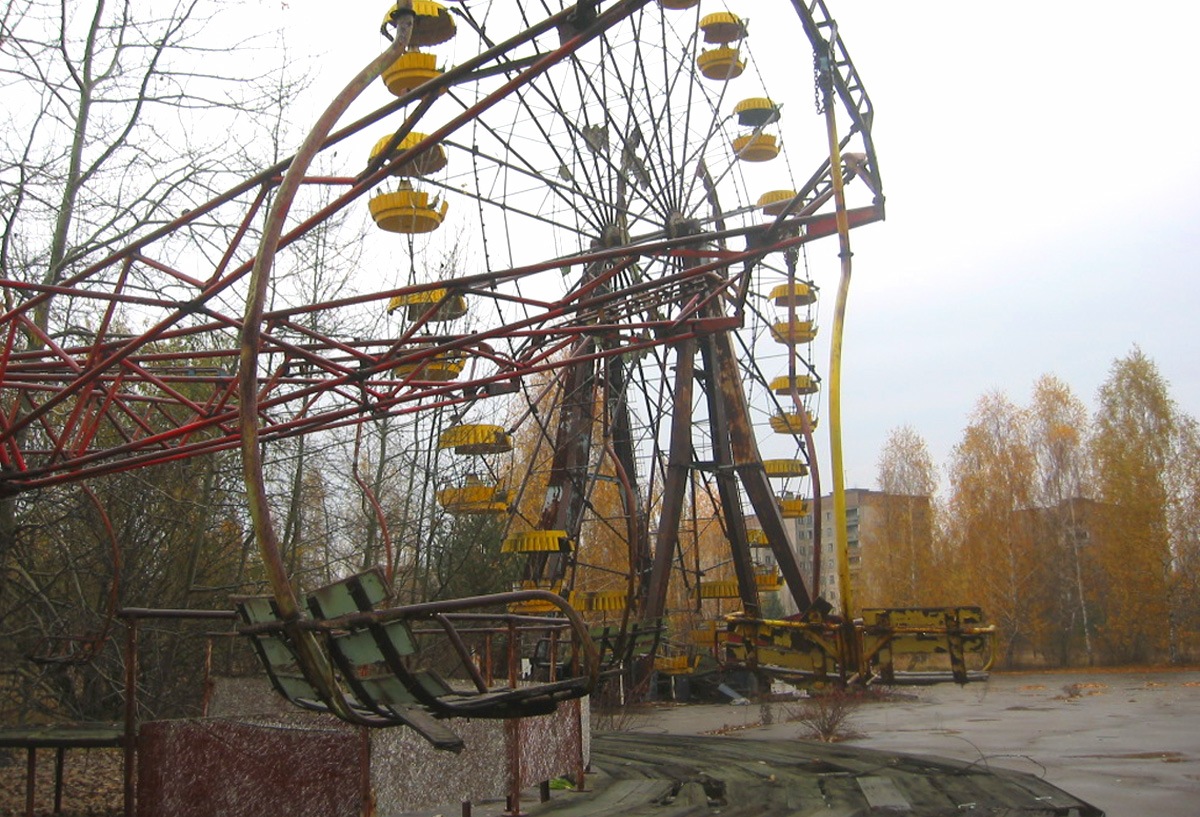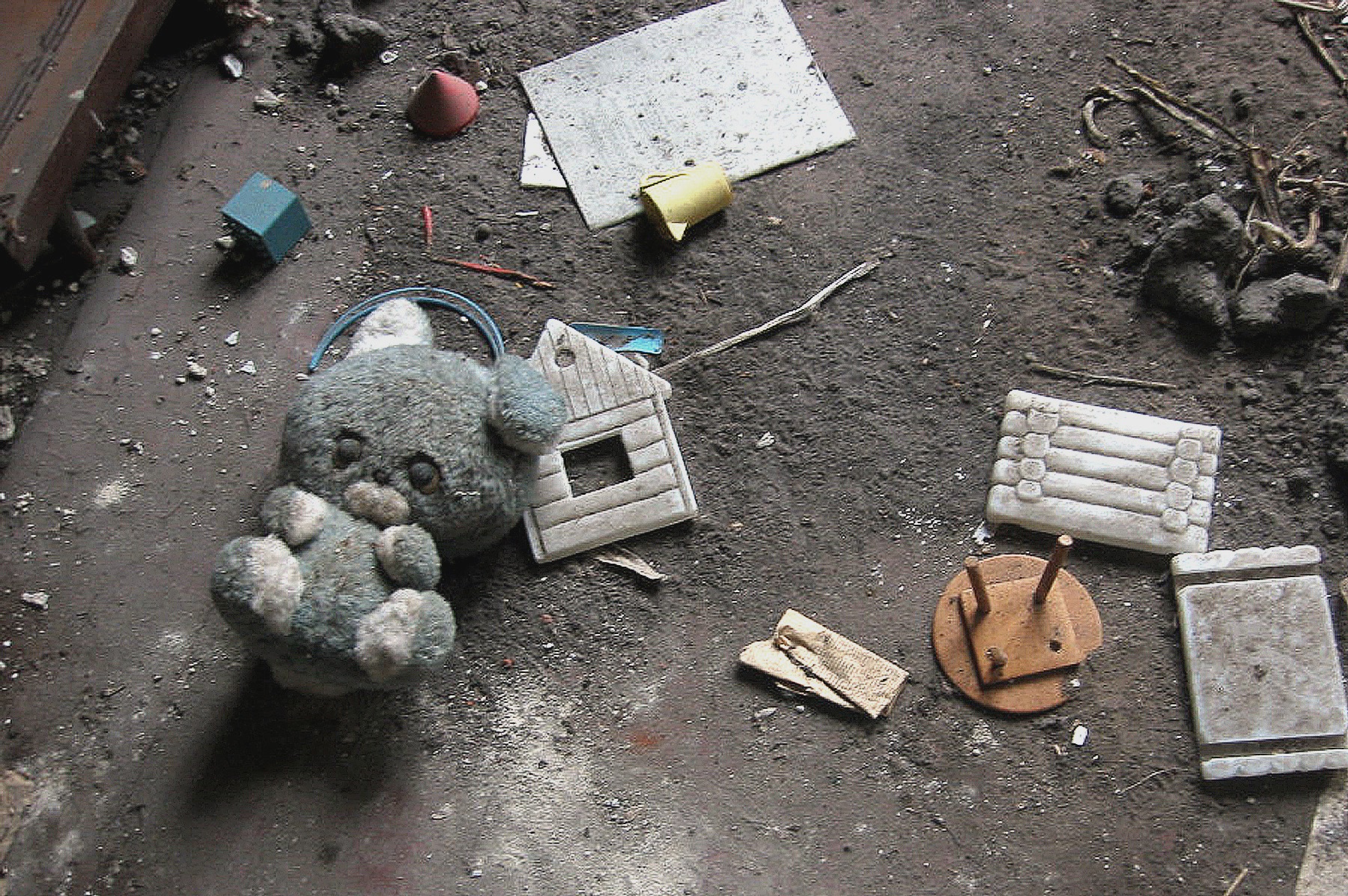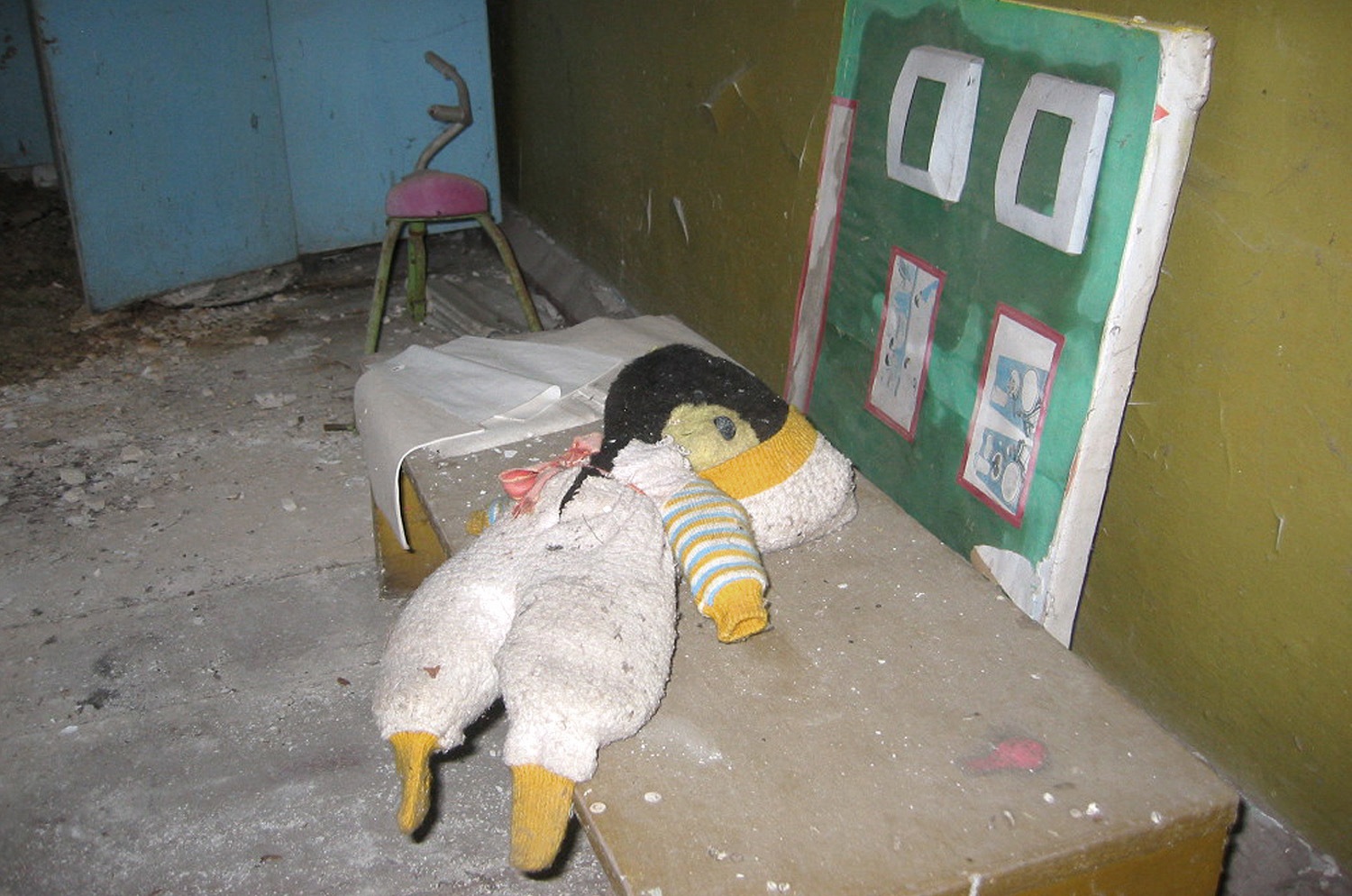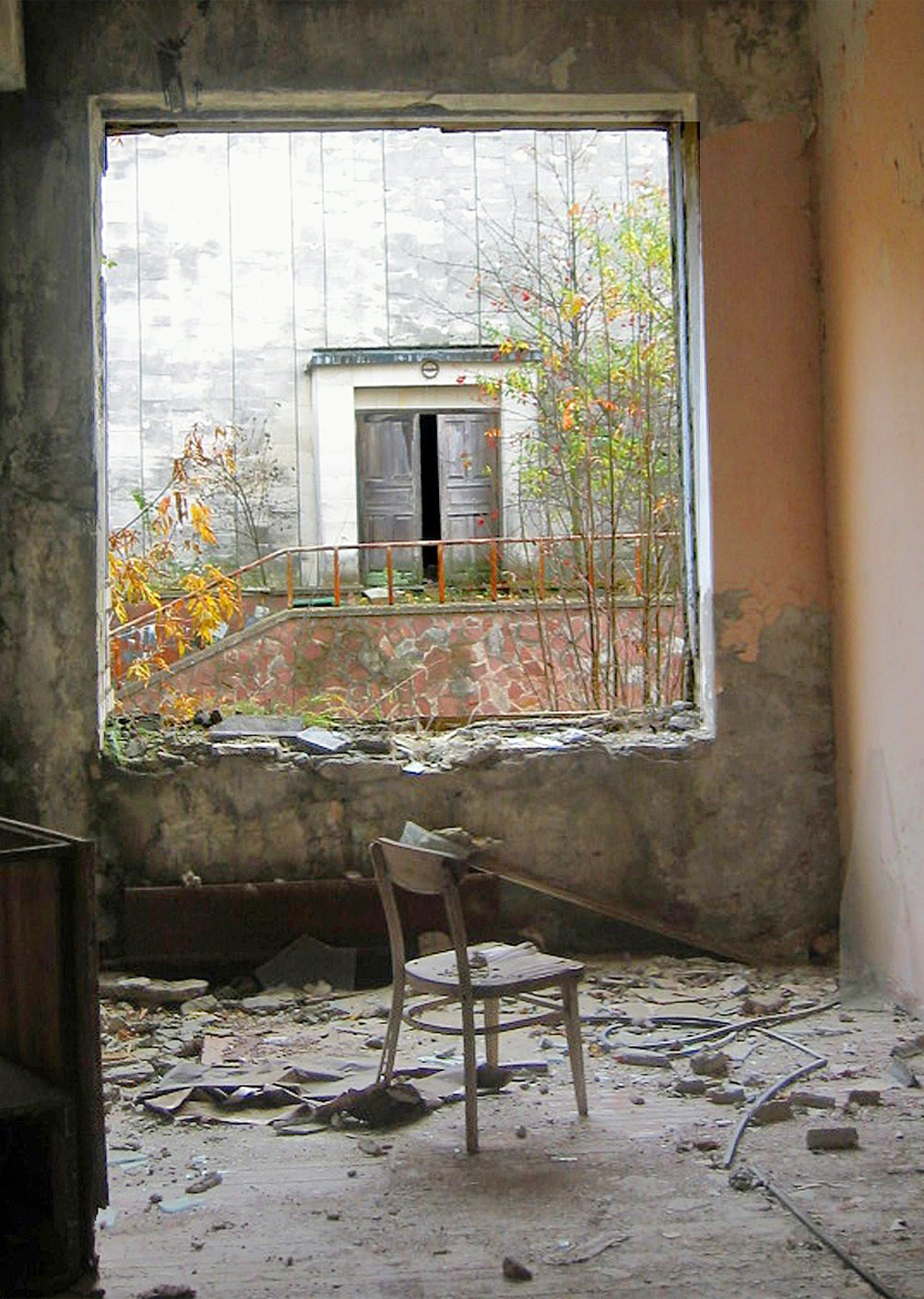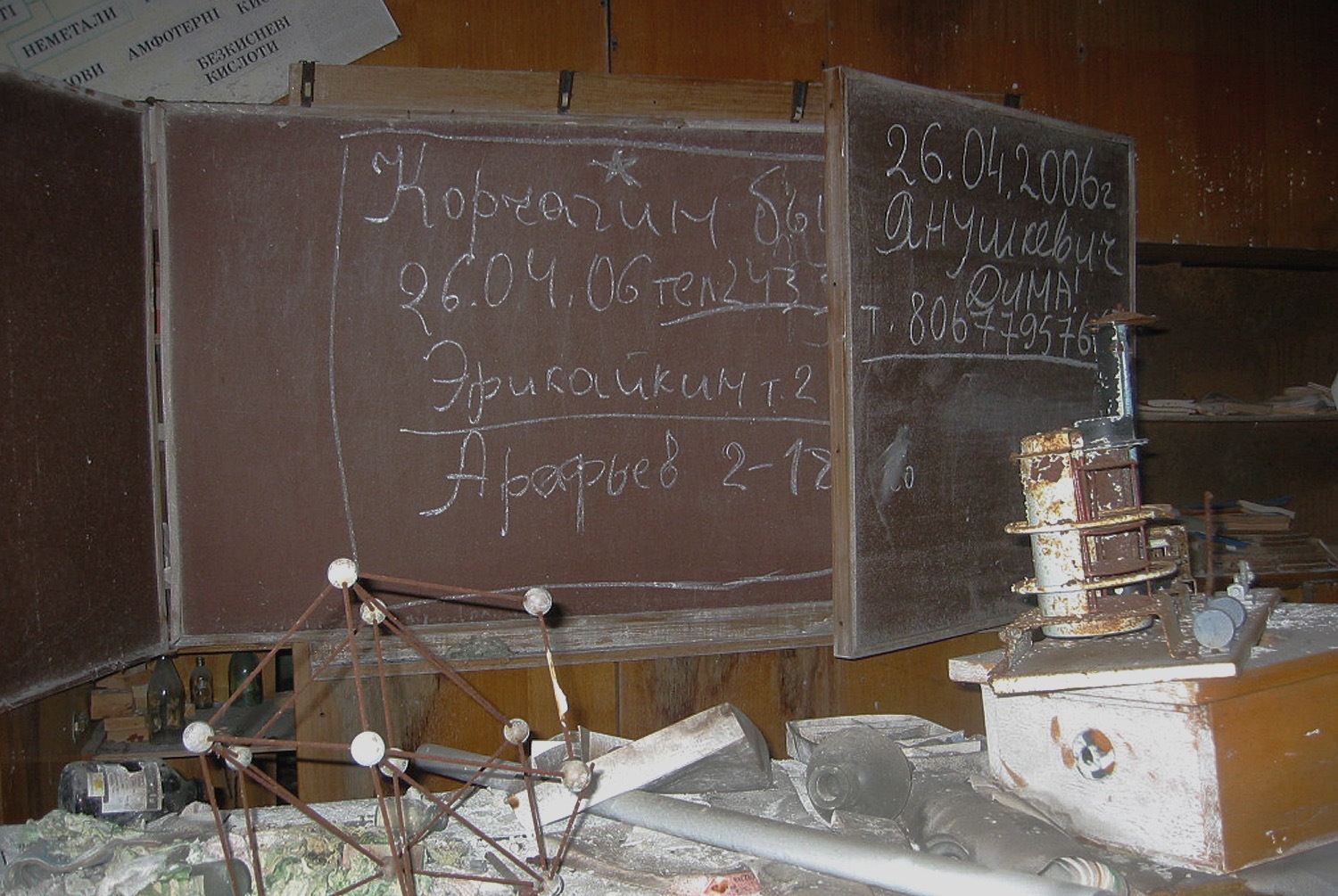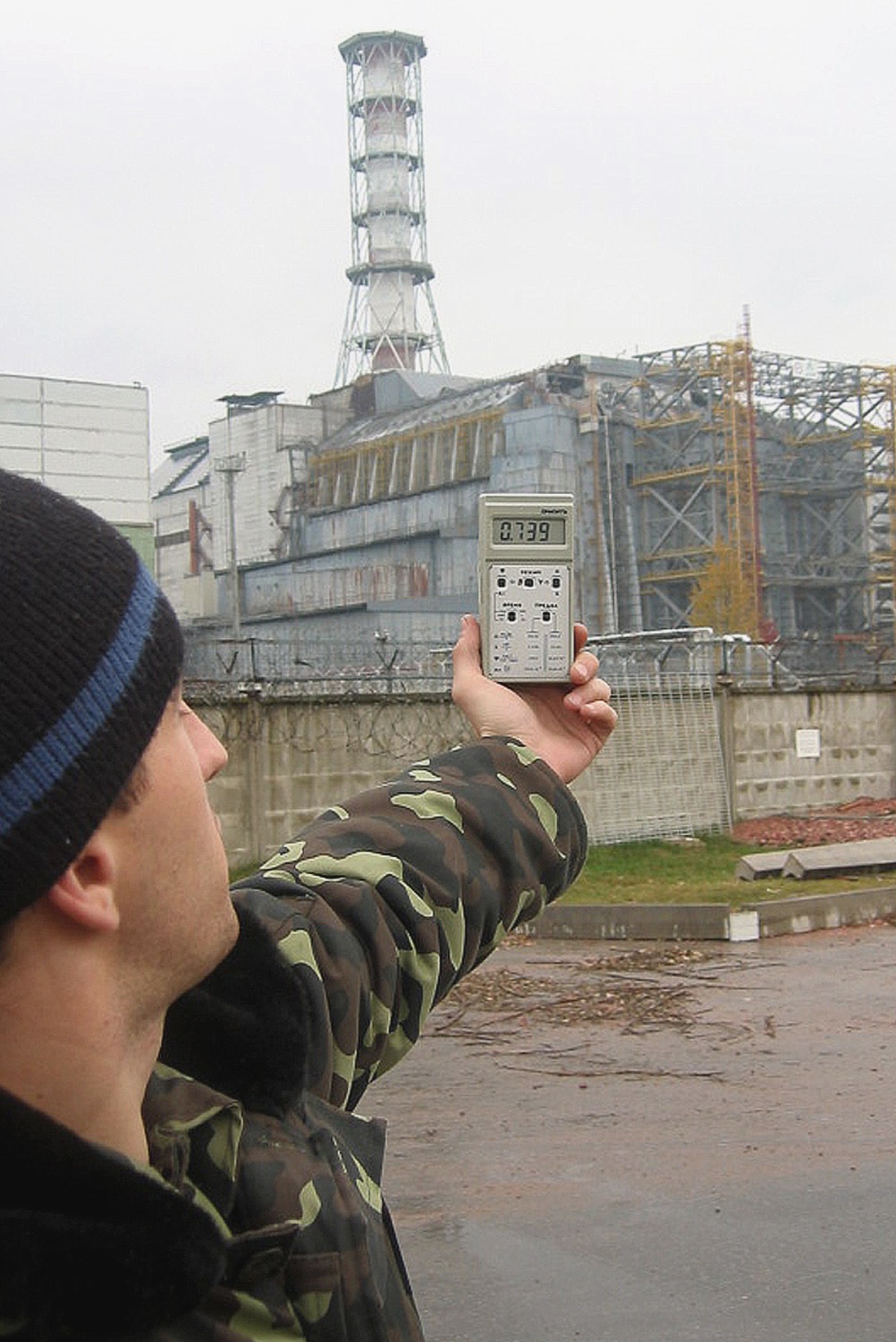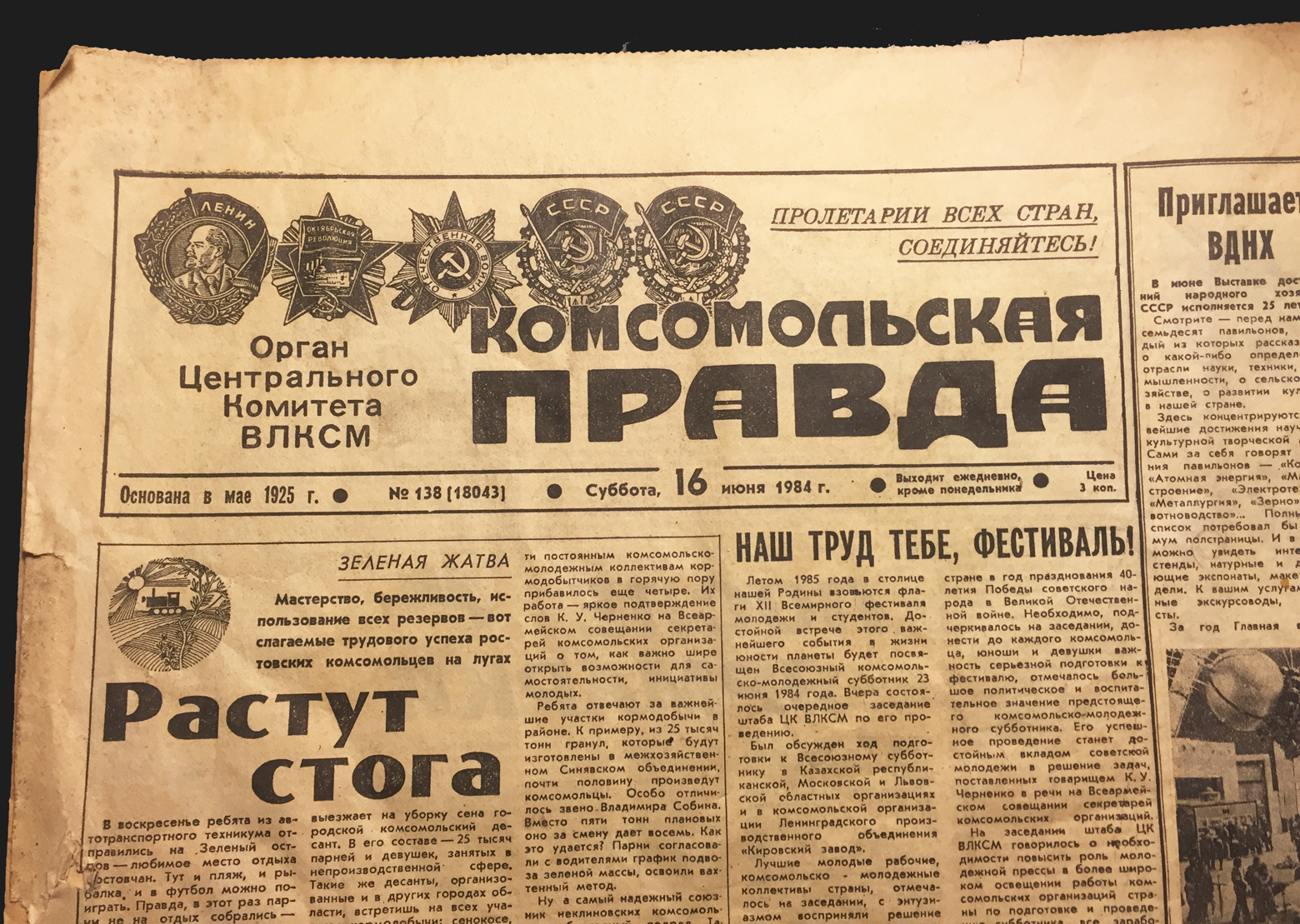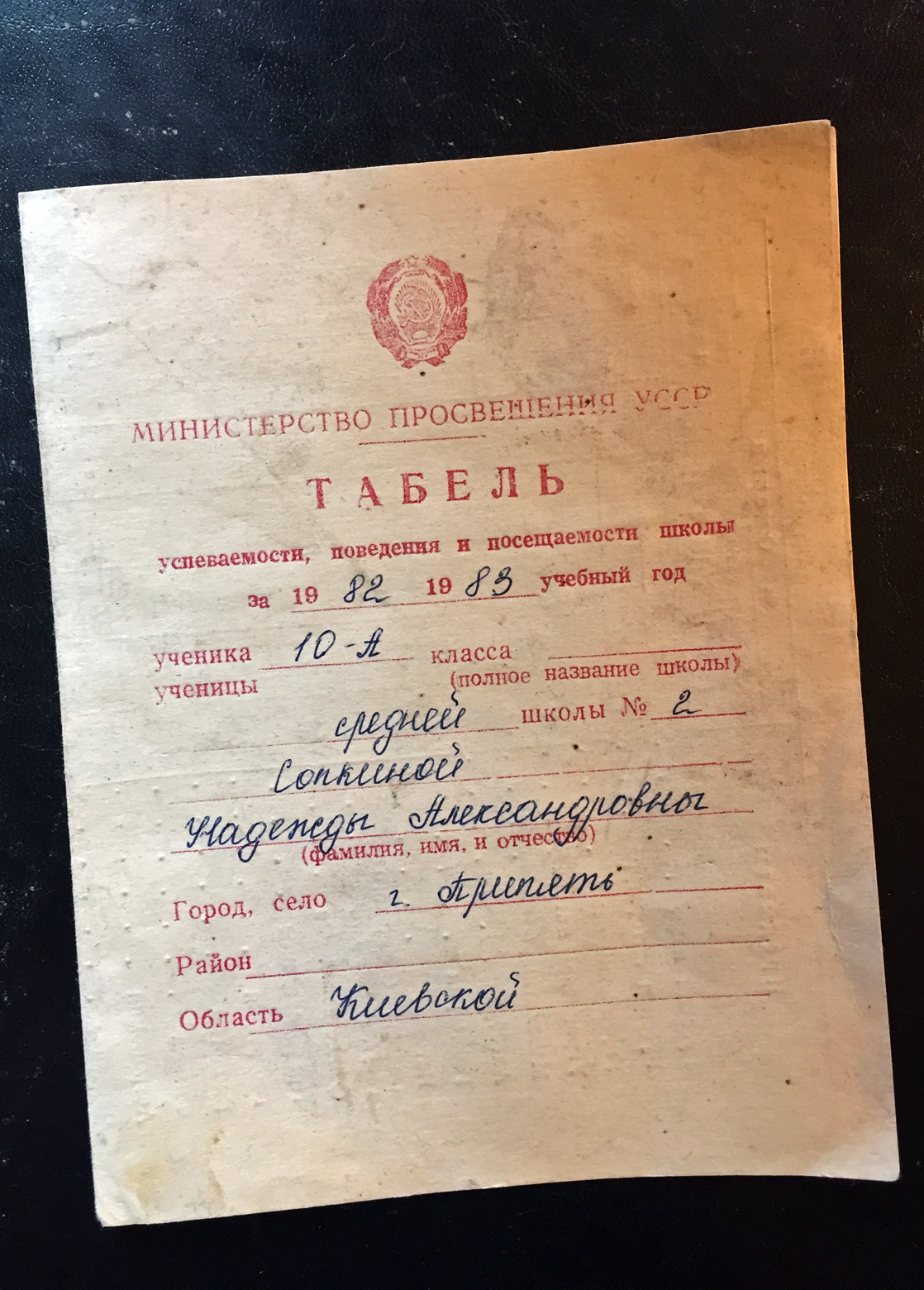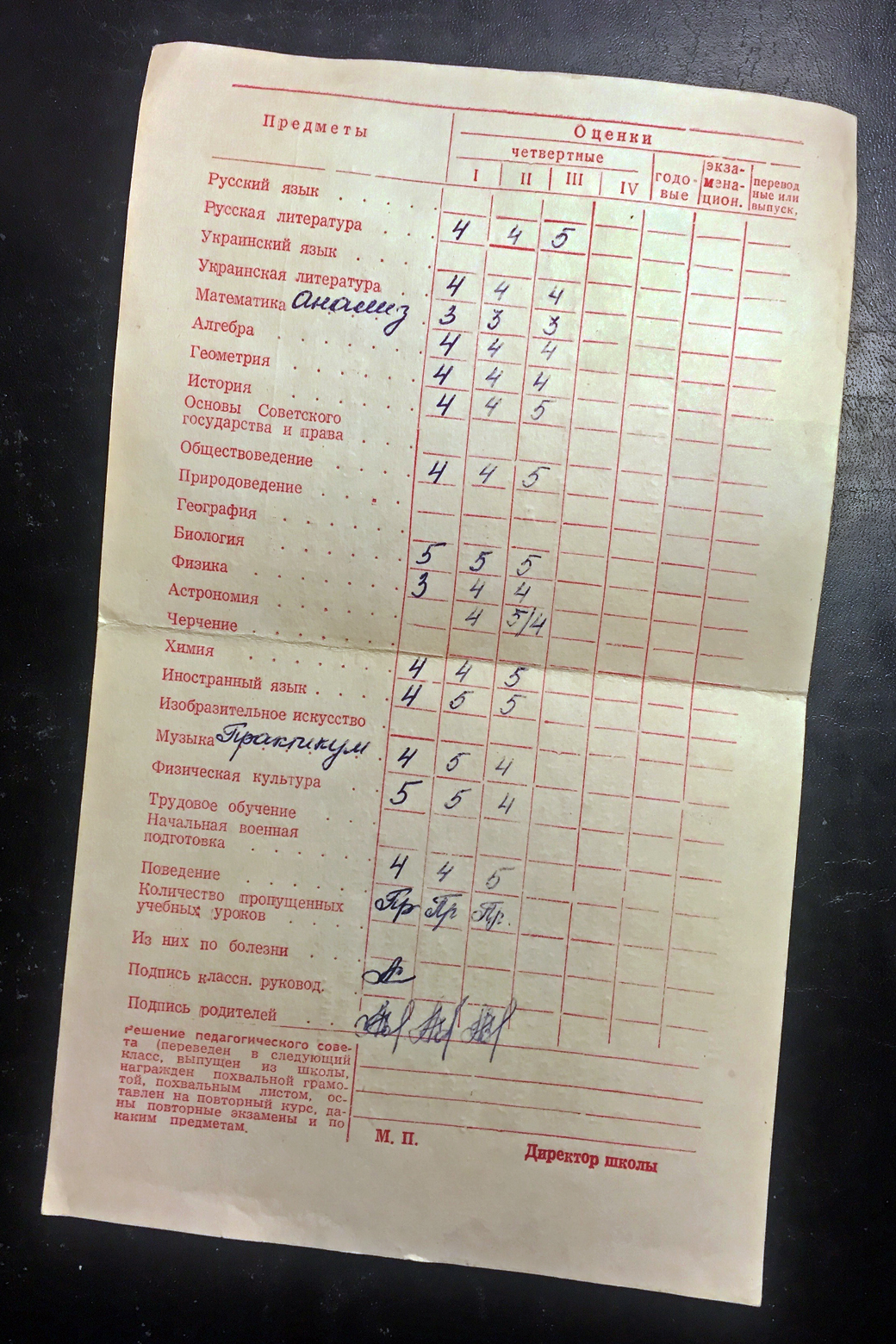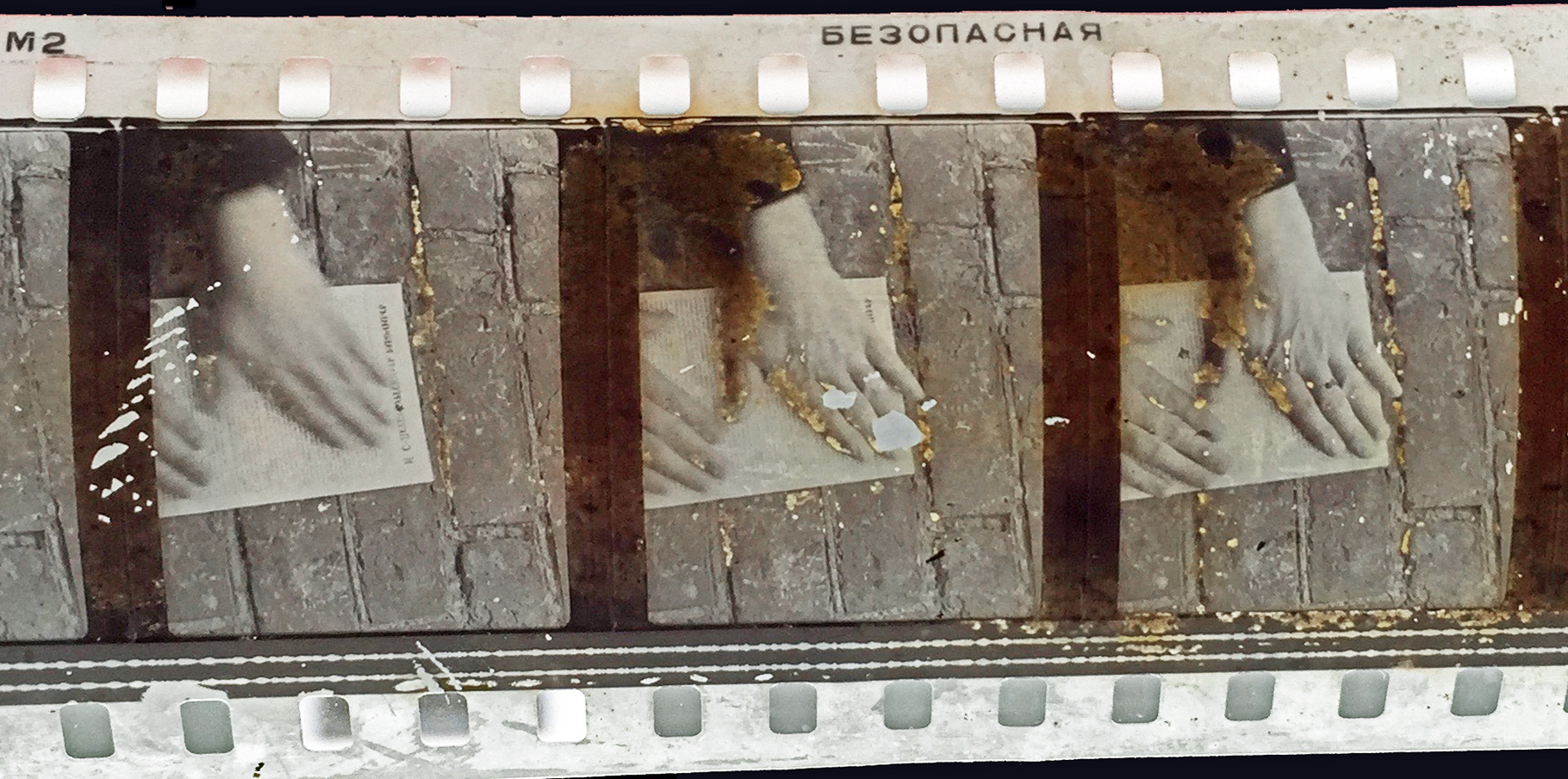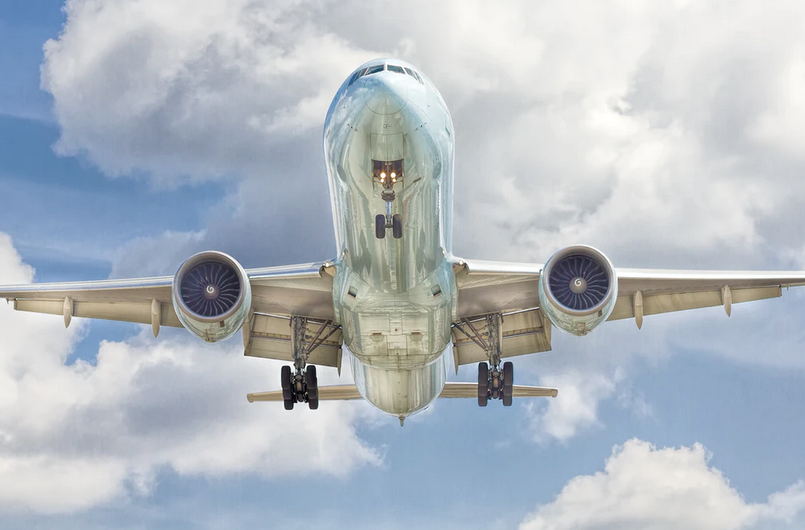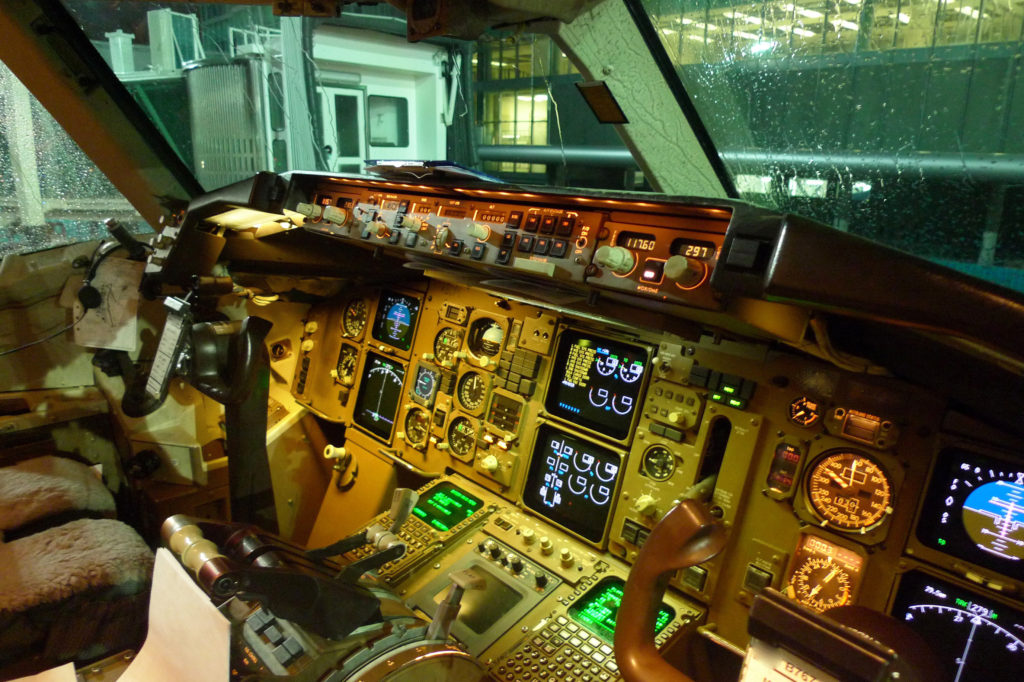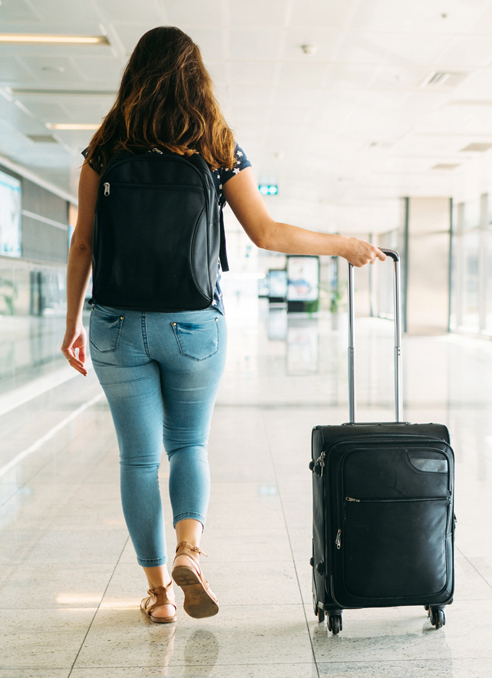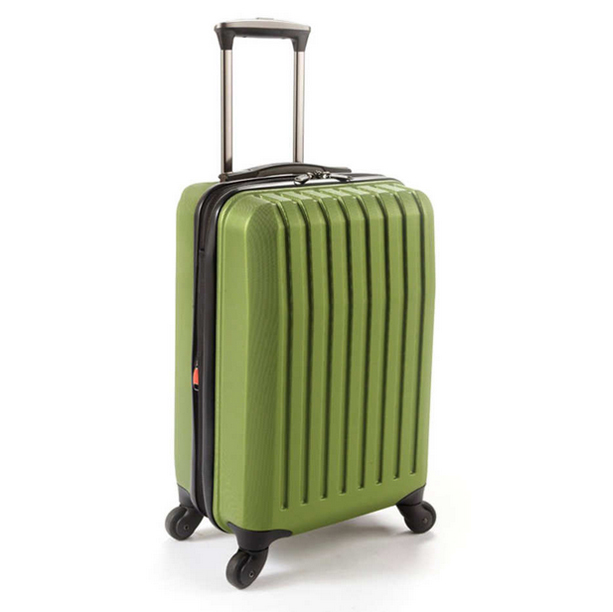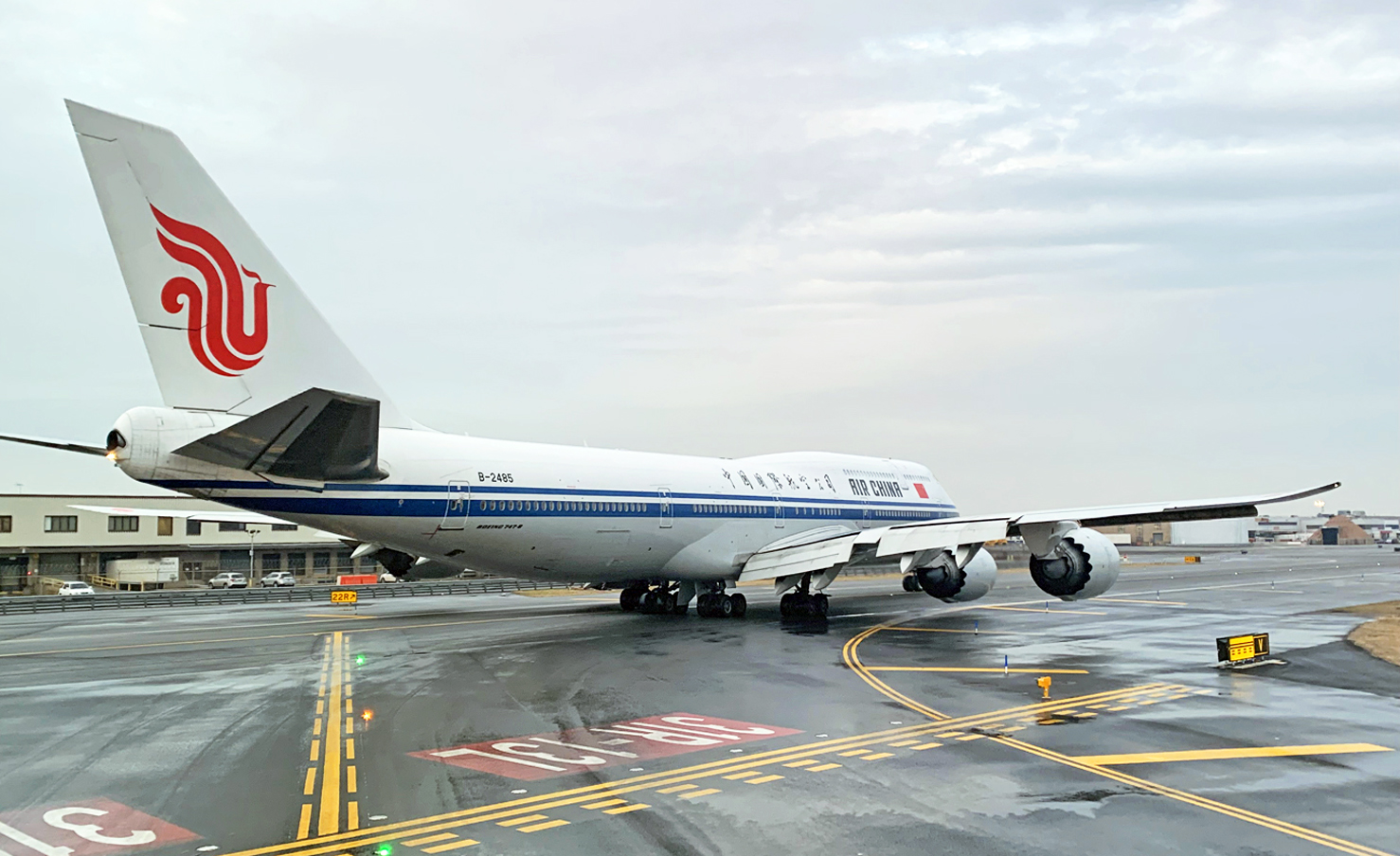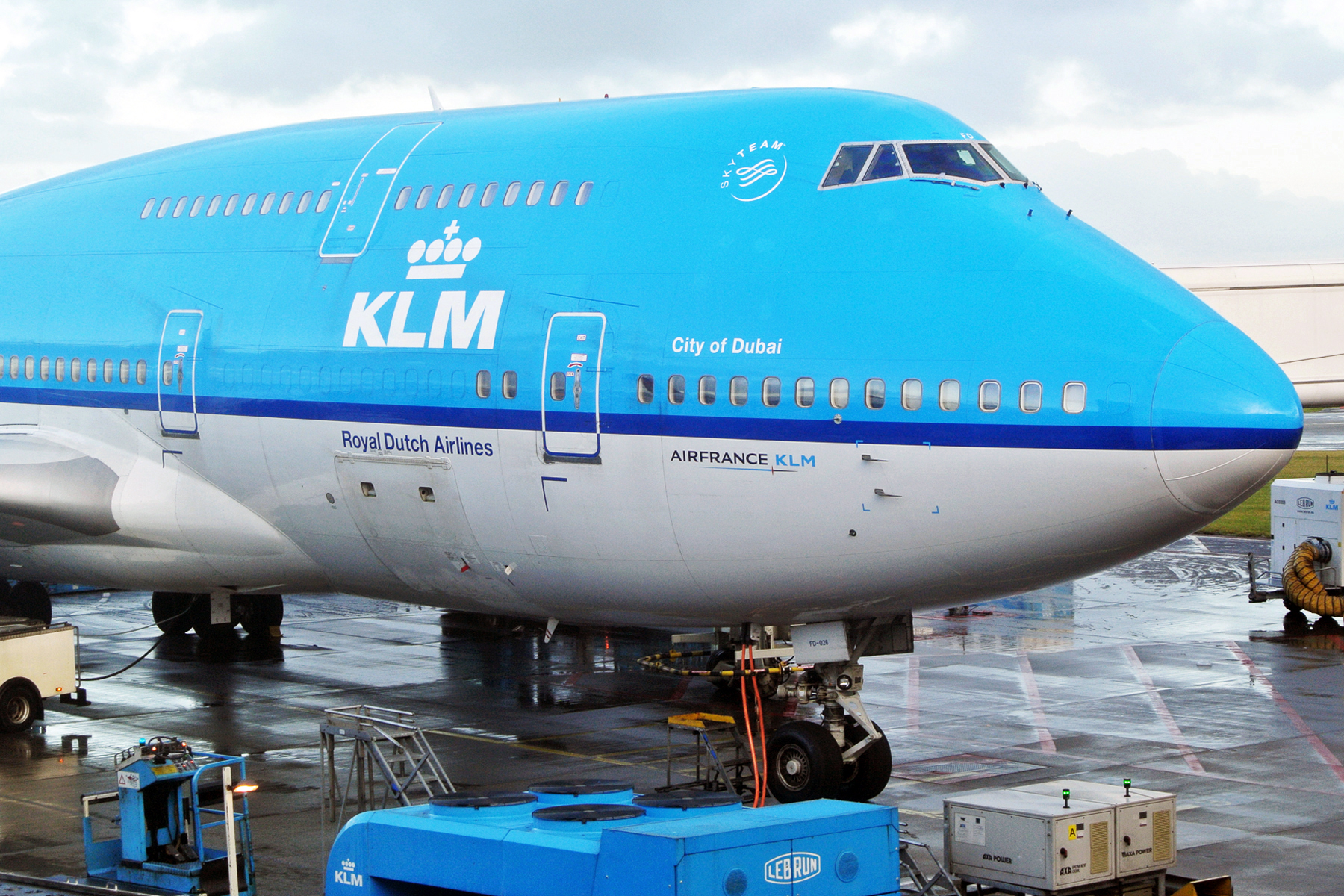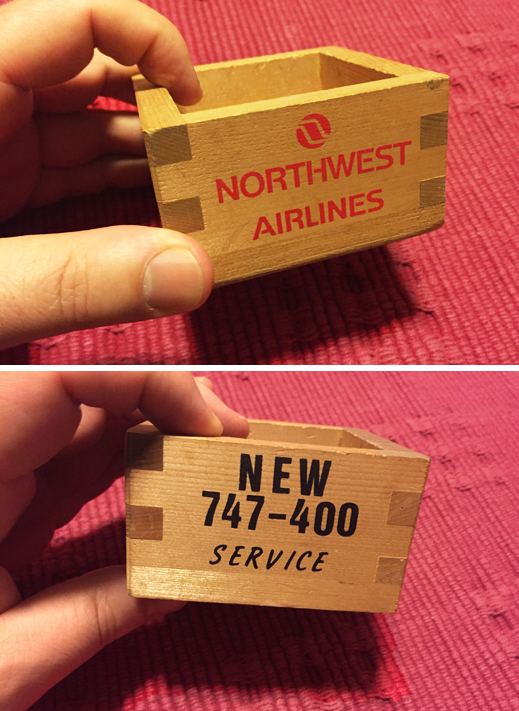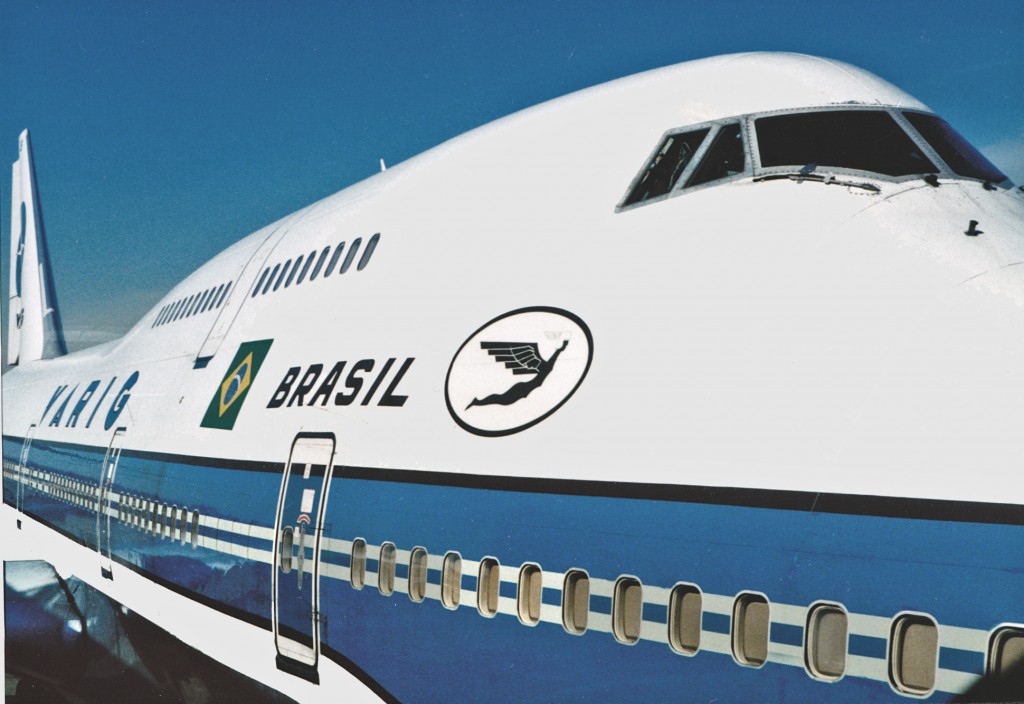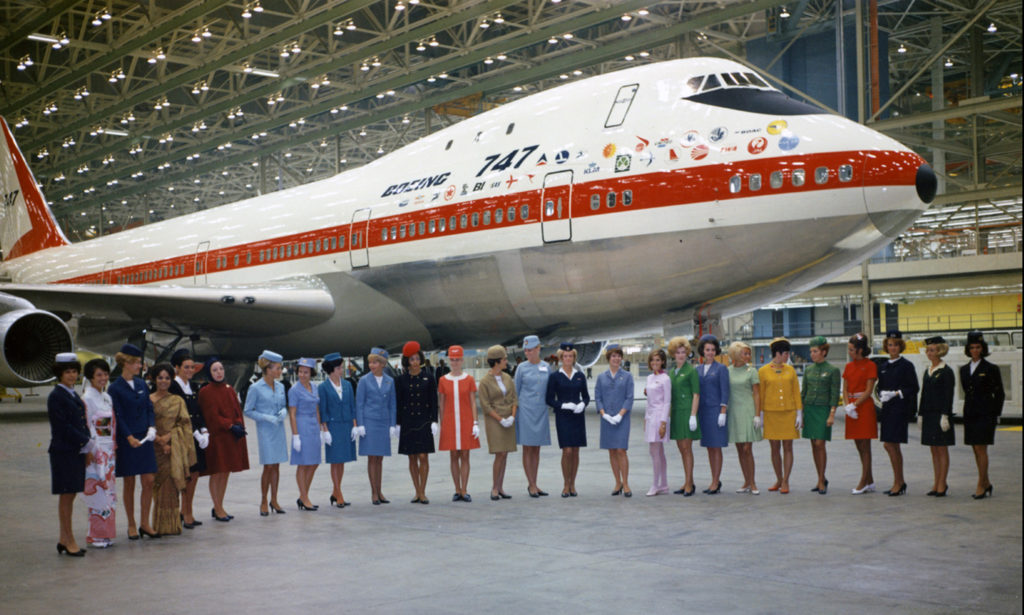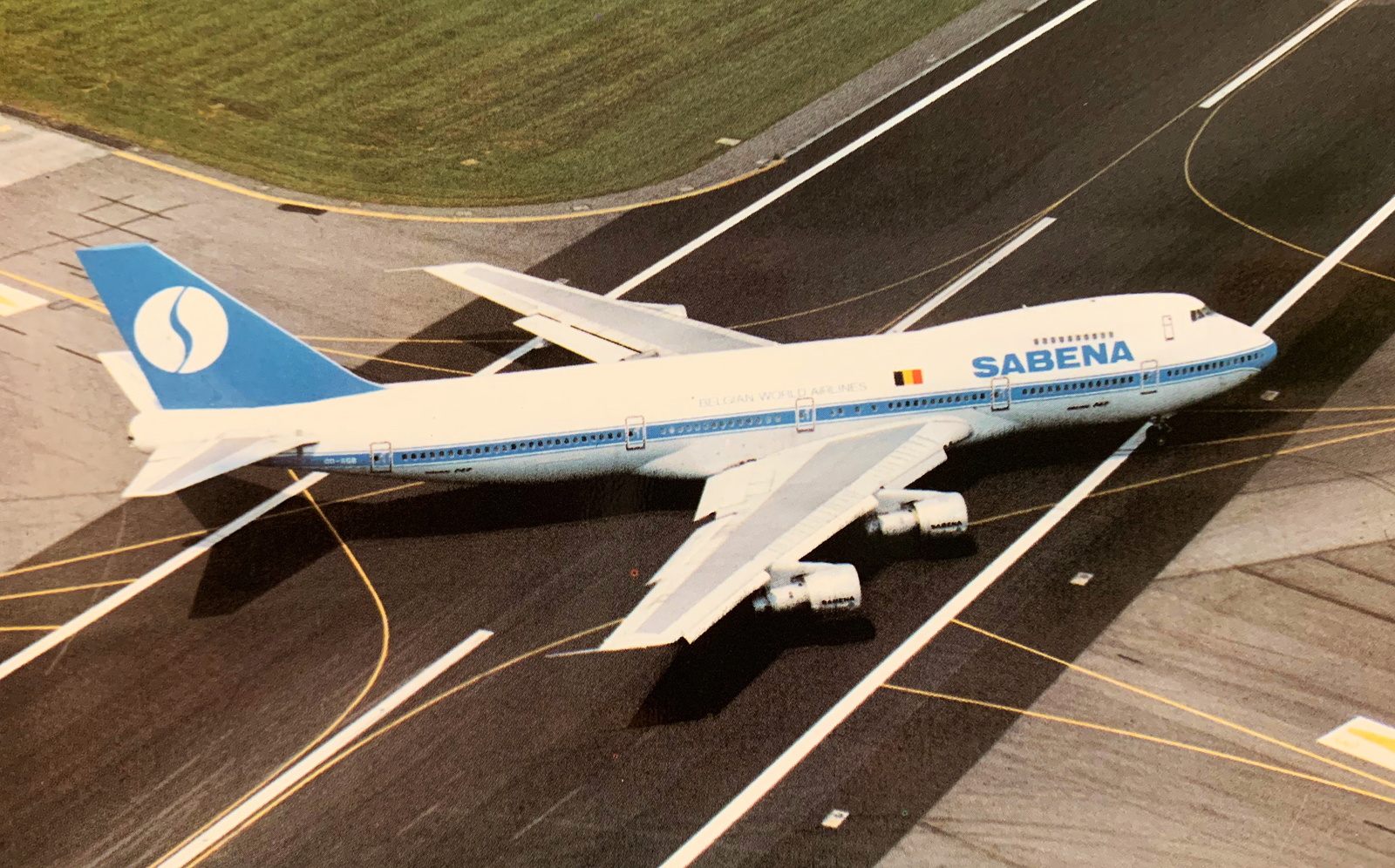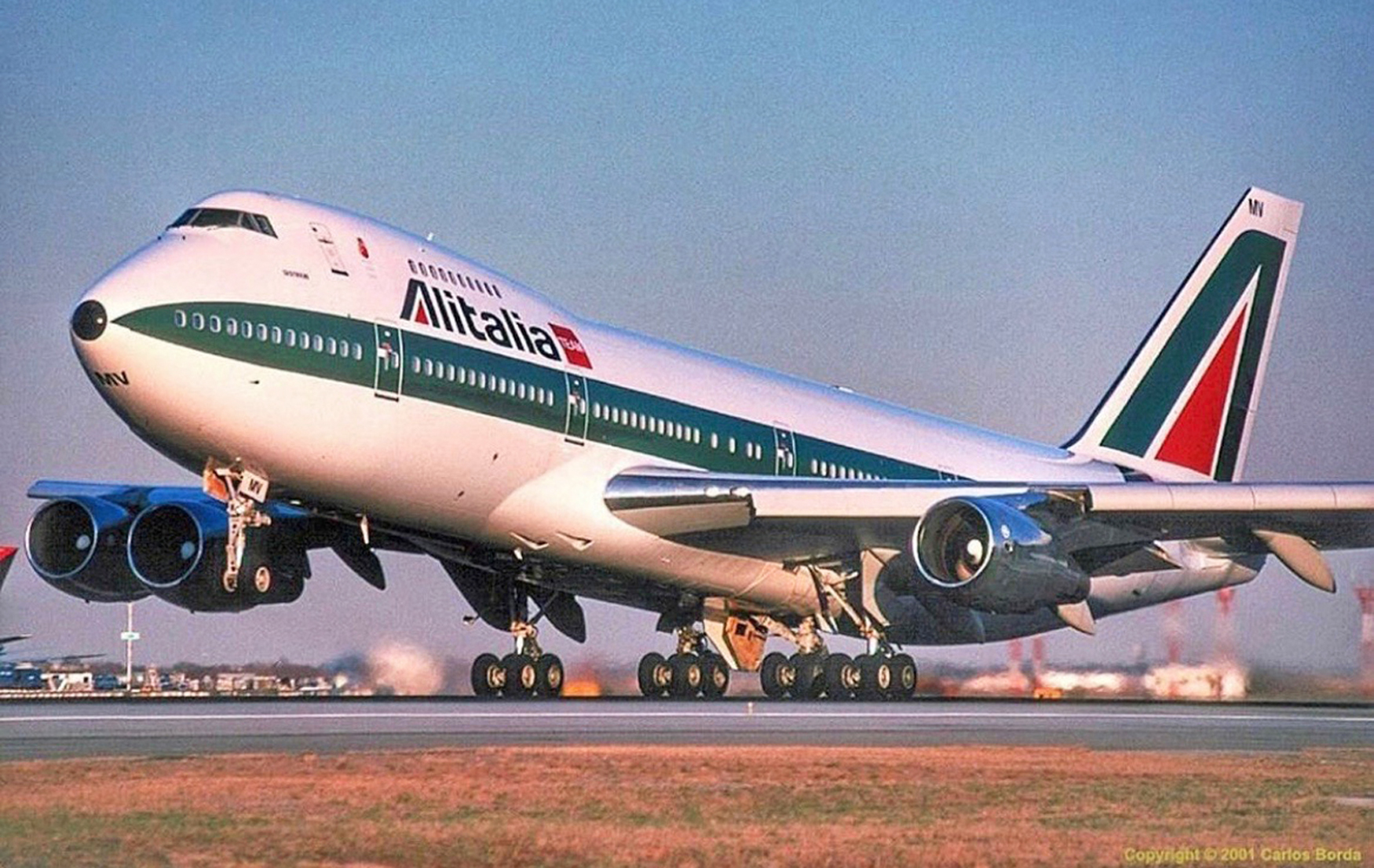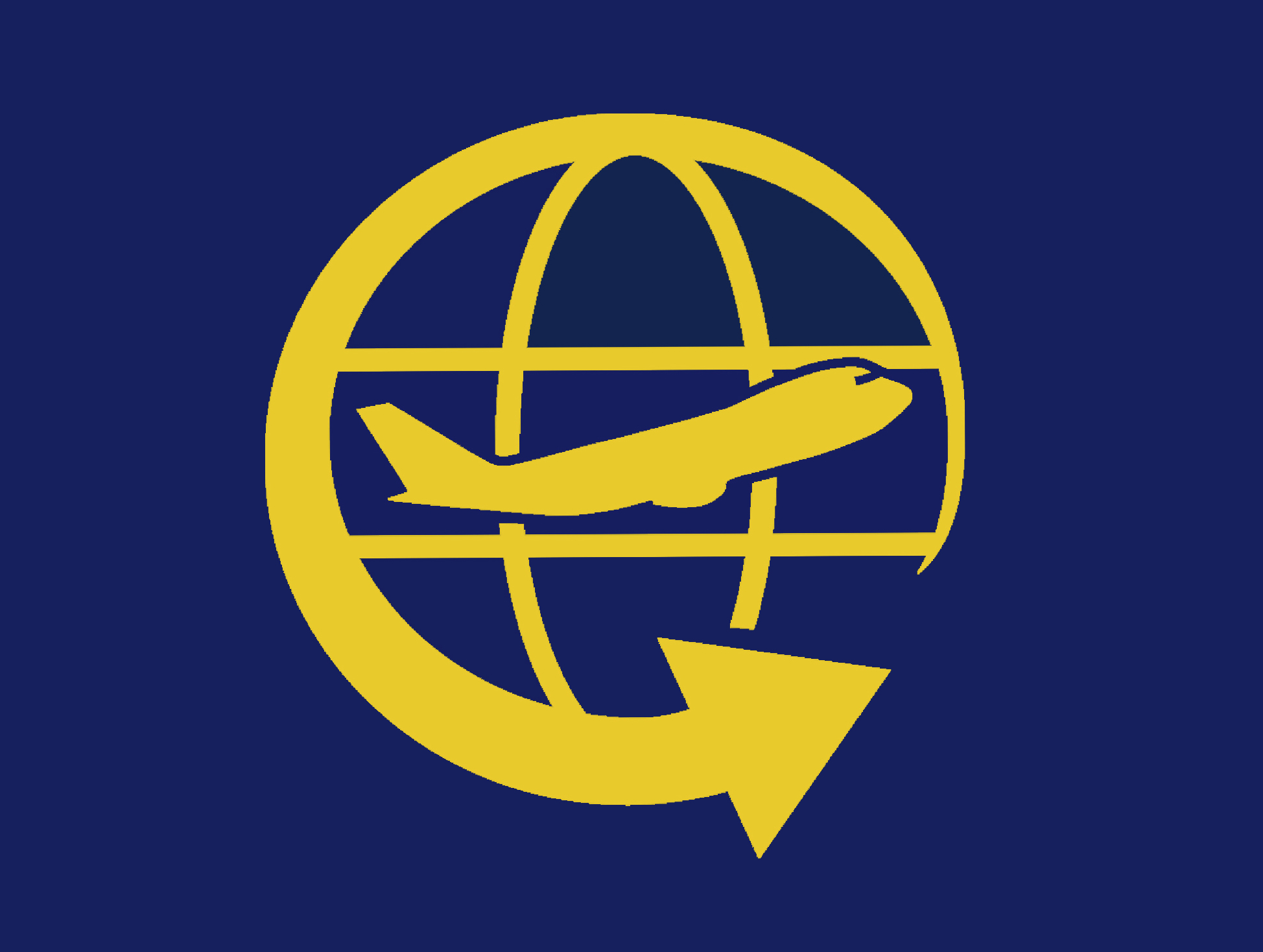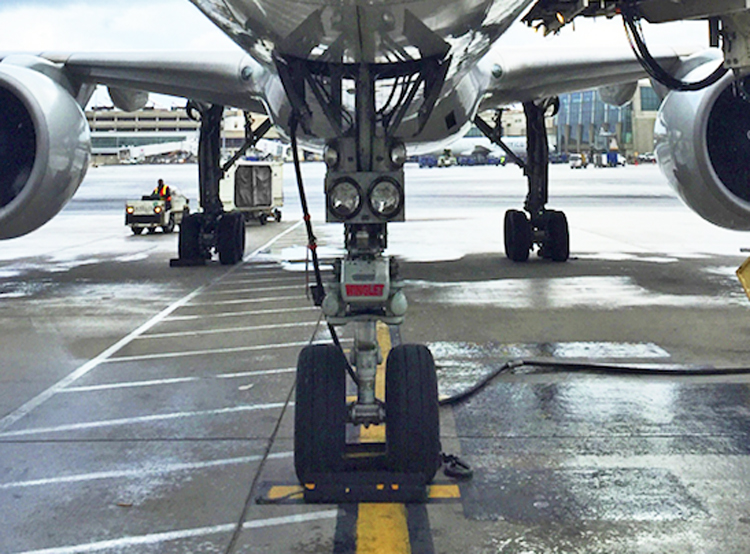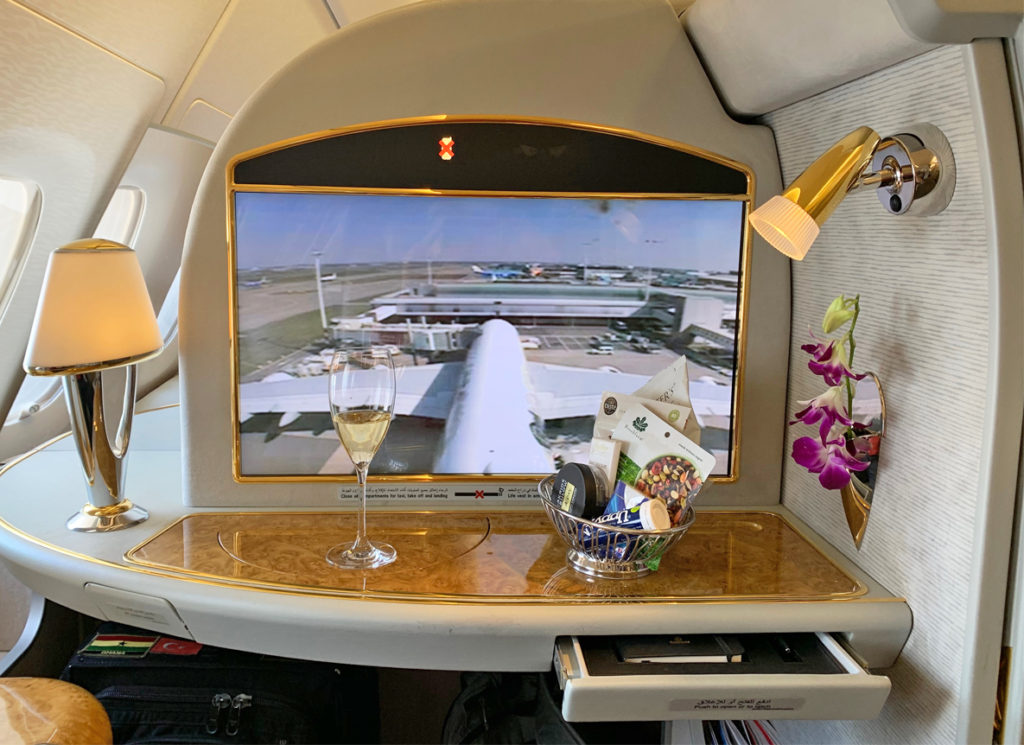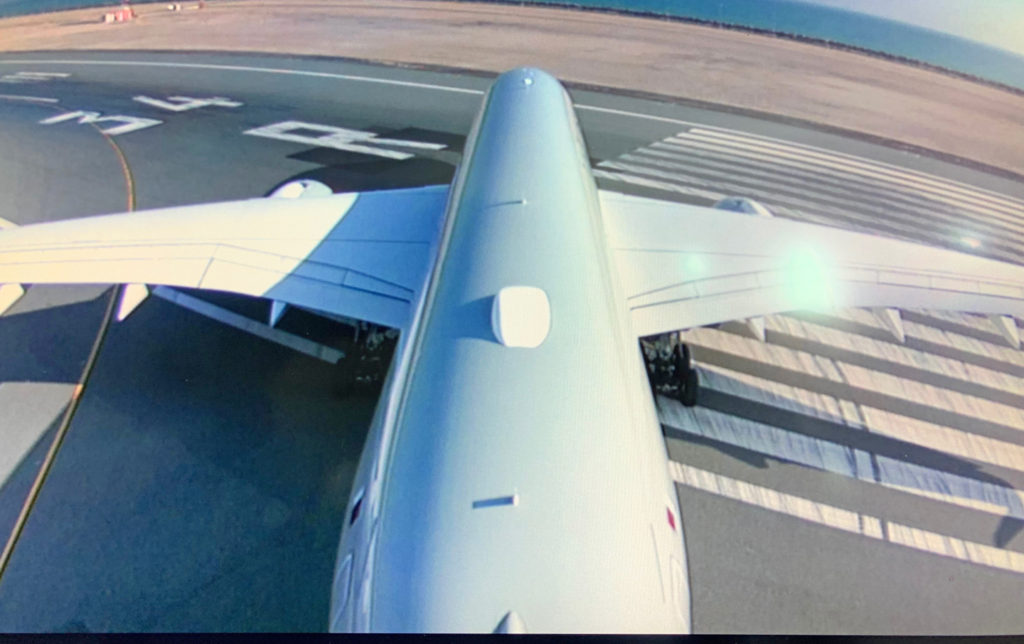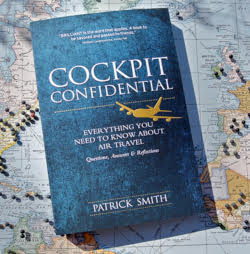The Airplane That Isn’t
Boeing bet the future on a 50 year-old design. Did it lose?
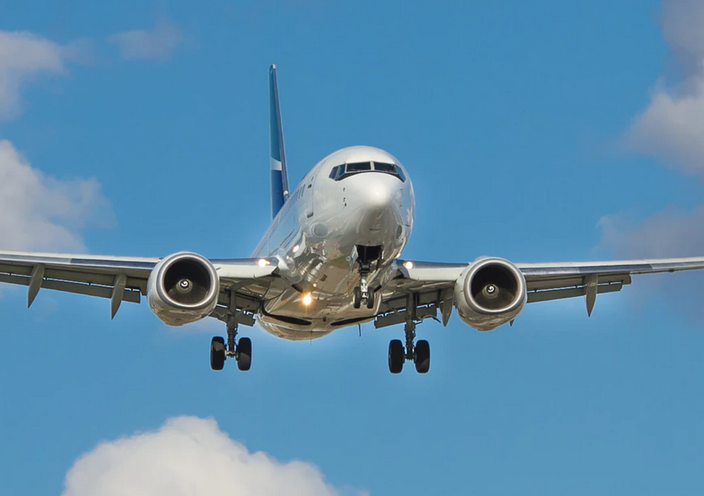
December 16, 2019
I’M DEPRESSED. I’m depressed because the word on the street has it that Boeing will not be moving forward with its so-called “new midsize airplane,” or NMA, also known as the 797. That’s the rumor, at any rate.
If built, the 797 would bridge the range and capacity gap between the narrow-body 737 family and the much larger 787 and 777 families — a slot occupied by the now-geriatric 757 and 767. The concept was formally unveiled at the Paris Air Show two years ago, and the planemaker has been mulling it over ever since. The uncertainty around the project has become a simmering backstory to the ongoing 737 MAX saga.
The two are not unrelated.
Back about fifteen years ago, Boeing had a decision to make. It’s popular 757 was getting long in the tooth. Orders were drying up and the company would need to develop a replacement. This wouldn’t be easy, because the 757 was, and still is, a very special machine. You might call it the most versatile jetliner Boeing has ever built: a medium-capacity, high-performing plane able to turn a profit on both short and longer-haul routes — domestic or international; across the Mississippi or across the North Atlantic.
And along the way it meets every operational challenge. Short runway? Stiff headwinds? Full payload? No problem. With 180 passengers, the plane can safely depart from a short runway, climb directly to cruise altitude, and fly clear across the country — or the ocean. Nothing else can do that. And it’s a great-looking plane to boot.
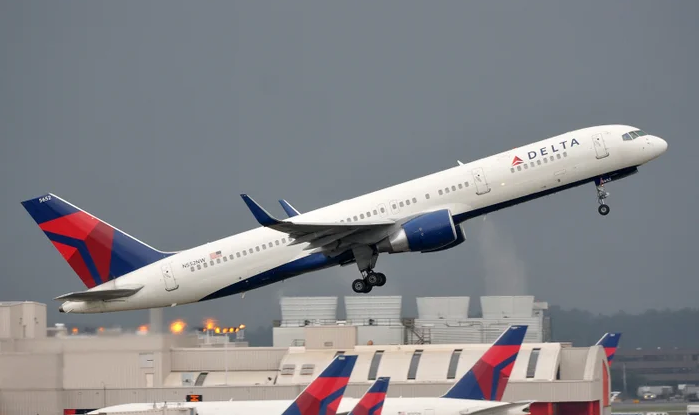
Essentially three options were on the table. The first was to come up with a plane from scratch — a brand-new jetliner of roughly the 757’s size and capabilities. A second, less expensive option would be to equip the existing airframe with new engines, modern avionics and other upgrades — a 757-X, if you will. Option three would be to abandon the 757 template altogether and, instead, turn to the company’s favorite cash-cow, the 737, and somehow push it, squeeze it, force it, into the role of the 757.
Although Boeing hasn’t — at least not yet — officially abandoned the idea of new airplane, it is option three, if only by default, that seems to have won. Production of the 757 ceased for good in 2004, and the 737 remains Boeing’s only non-widebdoy replacement option. Need a 180-ish seater? If you’re buying from Boeing, it’s a 737 or nothing: the -800, the -900, or the beleaguered MAX.
None of these, however, can do what the 757 does. The 737’s range allows U.S. coast-to-coast and limited transatlantic pairings, but anything further is out of the question. And what it can do, it doesn’t do particularly well. On longer routes it’s often payload and/or altitude restricted, and for a jet of its size it uses huge amounts of runway with startlingly high takeoff and landing speeds.
I was jammed into the cockpit jumpseat — more of a jump-bench, actually — on an American Airlines 737-800 not long ago, flying from Los Angeles to Boston. Man, if we didn’t need every foot of LAX’s runway 25R, at last getting off the ground at a nearly supersonic 165 knots. What would it be like on the westbound leg, I wondered — a longer flight, from a shorter runway, in the face of winter headwinds?
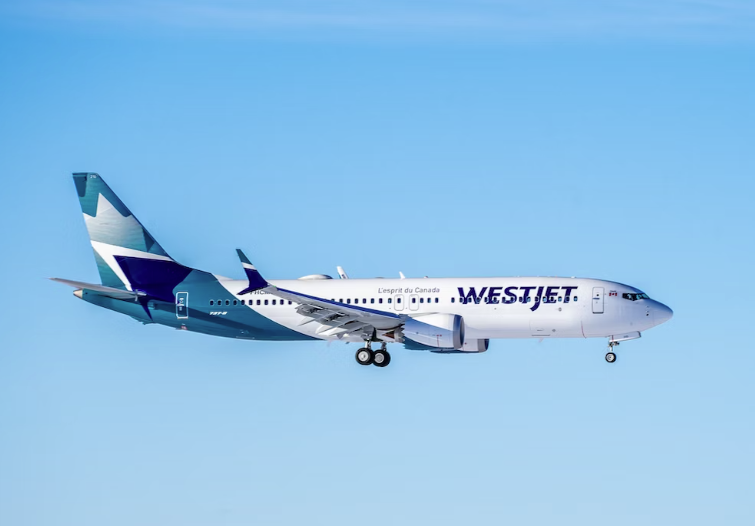
By contrast, I recently piloted a 757 from Boston to San Francisco. At flaps 20, we lifted off at a docile 130 knots from Logan’s stubby, 7000-foot runway 09, with nearly half the runway still remaining! With every seat full and seven hours’ worth of fuel, we climbed directly to 36,000 feet and flew all the way to California. That’s performance. A 737 cannot come close to that.
In the 737, Boeing took what essentially was a regional jet — the original 737-100 first flew in 1967, and was intended to carry a hundred or so passengers on flights of around 400 miles — and has pushed, pushed, and pushed the plane into roles it was never intended for. Bigger and bigger engines, fancier avionics, MCAS. Five decades and ten variants later, the MAX is a monsterized hybrid of a thing — a plane that wants, and needs to be something that it’s not: all muscle and power and advanced technology, jammed into the framework of a fifty year-old design.
From the other side of the Atlantic, meanwhile, the Airbus line features a similar gap. The A310 died away a long time ago, and size-wise there’s nothing between the A320 family and the long-haul A330.
Or is there? The biggest Airbus narrow-body is the A321 — a stretched-out version of the basic A320. Two upcoming variants, the A321LR (long range), and the A321XLR (extra long-range), are about to hit the market. With two-class seating for around 200 passengers and a range of almost 5,000 nautical miles, these aircraft have enormous potential. JetBlue is among airlines planning to use the LR on routes across the pond, serving Western Europe from New York and Boston.
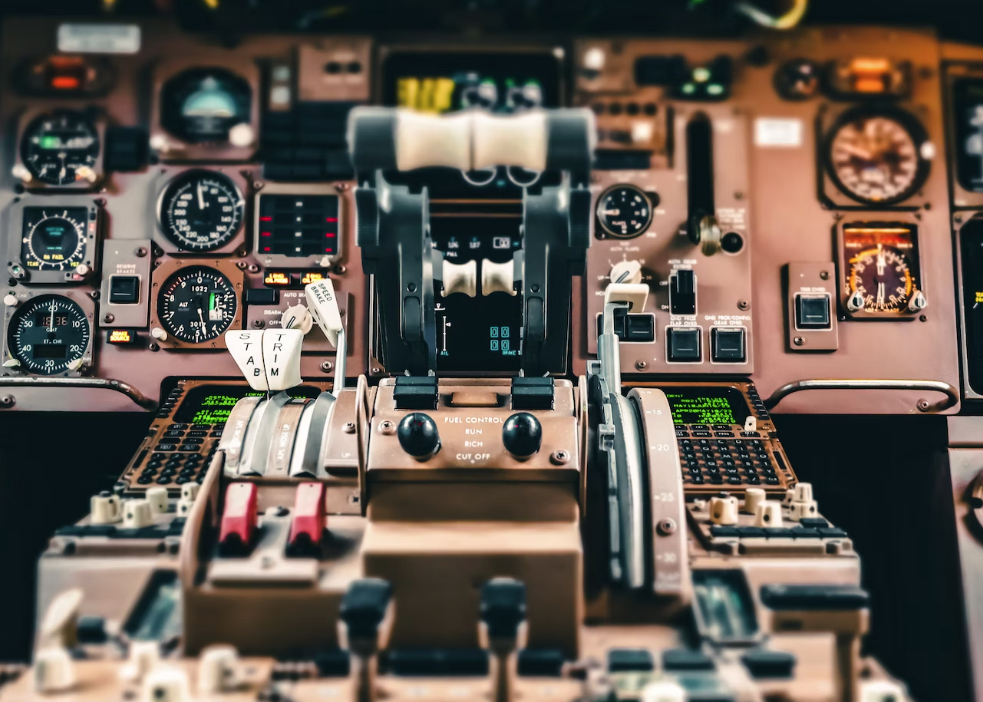
Whether you’re an airline CEO, a pilot, or a passenger, there’s a lot to like about the A320 family generally, certainly when matched against the 737. It requires less runway, for one, and uses tamer takeoff and landing speeds. On the inside it’s quieter and more spacious, A few weeks ago I rode aboard a 737 for the first time in a while. I normally find myself on an A320 or A321, and I was startled at how uncomfortable the 737 was. I had a window seat about a third of the way down, and the narrower cross-section meant my shoulder was pressed into the sidewall the entire time.
And the noise. The 737 is a loud airplane. On a two, three, or four-hour trip such comfort levels are acceptable. But six? How about a seven-hour nonstop from Gatwick or Shannon?
And if you think it’s noisy in the cabin, you should hear the cockpit, where the sound of the onrushing air must push a hundred decibels. Loud and tight, with barely enough room for the crew’s hand luggage. It’s interesting how both the A320 and the 737 families have roughly the same exterior dimensions, yet somehow the A320’s cockpit is three times roomier and five times quieter. How can that be? Well, look closely at the nose section of the 737. Do you recognize that? The old-fashioned flight deck windows, the shapes of the radome and fuselage? It’s the 707. Unchanged in over sixty years.
Take a MAX and put it next to an old 737-100 from the late sixties. It’s at once the same and yet completely different. You can virtually see the airplane straining, stretching, reaching — trying so hard to become something else. And therein is the problem. Boeing desires the commonality, the simpler training footprint and all the good things that the 737 family offers. But it also wants a plane that can take 200 people across the ocean. What it’s finding out is that perhaps, after all, they cannot be the same thing. You can only reinvent so many times.
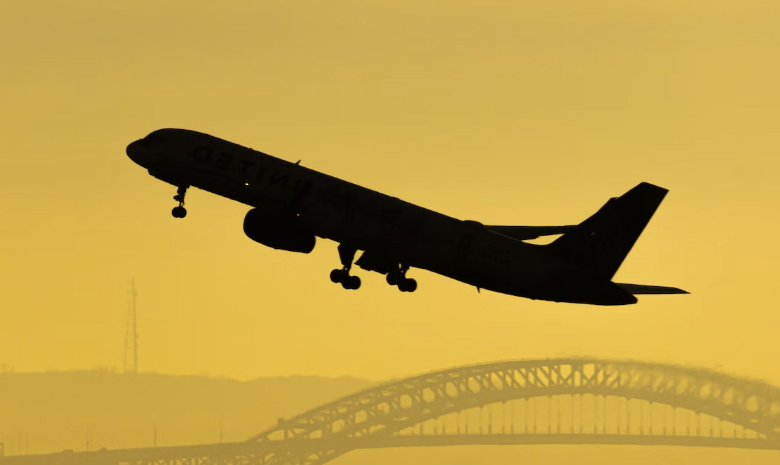
Indeed the A321LR will be the closest thing out there to a 757. Comfort-wise it’ll be equal, if not superior, with almost the range, almost the capacity, and almost the muscle. Sure, those are a lot of important almosts. Eventually, however, the last 757 will be put to pasture, and when that happens, the lack of a 797 all but assures the A321’s domination of the mid-market niche.
Until that day, U.S. carriers continue holding on to their 757s. Hundreds remain in service on trunk routes and transcons. United and Delta have flown 757s from their East Coast gateways on eight-hour services to Western Europe, Scandinavia, even Africa. Of course, you’ll also see it on 60-minute segments into Kansas City, Cleveland, Tucson and Tampa. Nothing can match it across such a wide swath of markets, with little or no concerns as to weather, payload or runway length.
As to its relunctance in committing to the 797, Boeing says that the sales potential for such a plane, estimated at anywhere from three-hundred to a thousand examples, is possibly too limited. As a point of comparison, the company claims that it won’t break even on its 787 program until at least 1,500 aircraft have been delivered. If true, that’s a sad testament to how expensive it has become to develop new aircraft. If a thousand airplanes can’t justify a new line, what can?
Still, it seems that filling such a niche should be well within the technical expertise, and certainly the imagination, of the world’s largest and most prolific plane-maker. Wouldn’t the 797 borrow much of the 787’s architecture, and thus be cheaper to produce? And isn’t this the same company that, fifty years ago, created the 747, an airplane more than double the size of any existing plane, taking it from a napkin drawing to an actual, in-the-air prototype in less than two years! Forgive me for looking at this romantically, but what happened to that sprit and vision?
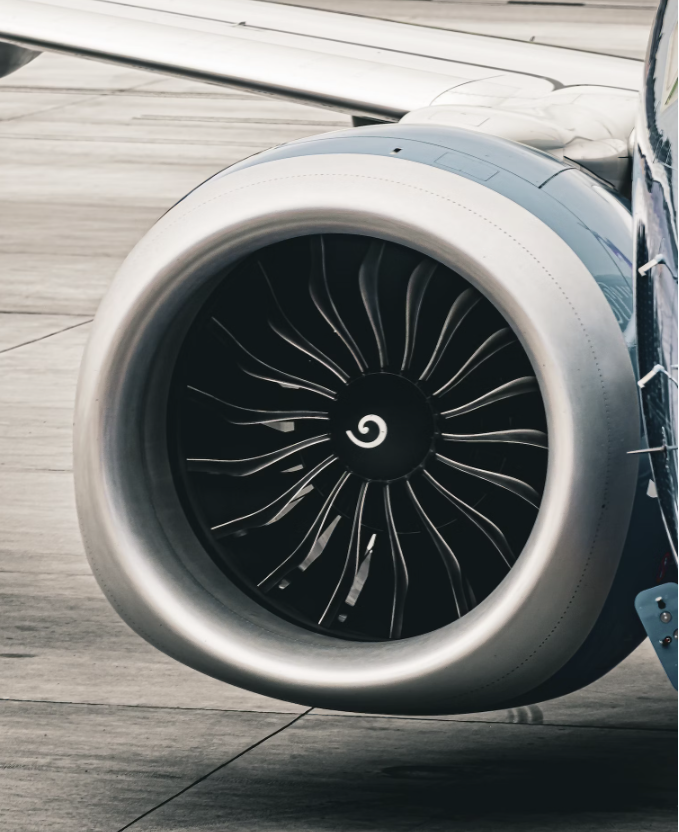
And if Boeing does press ahead with the 797, will they build the right plane? Preliminary renderings of the NMA from 2017 show us a jetliner seating between 220 and 270 passengers, with a composite fuselage and wings, and a range of around 5,000 nautical miles. Is it just me, or is this much too big? I like the twin-aisle idea; two aisles make for faster boarding and deplaning, and give the cabin a roomier feel overall. But, otherwise, how is this not just a 787 with a shorter range? A 757 replacement should be a plane that tops out at around 220 passengers, not one that starts there.
“It strikes me that the airplane Boeing ought to be putting out there is one that already exists, at least as a template,” I wrote on my website about a year ago. I was talking about the 767, Boeing’s venerable quasi-widebody that dates to the early 1980s. Although a passenger version hasn’t been ordered in years, the jet remains in production as a freighter and as a military midair refueler. Why not upgrade it, I asked in my article, with new engines, a new cockpit, and overhauled internal systems? Is that not a better option — especially considering the limited market that Boeing sees — than spending billions on an all-new airframe? “Call it the 767-X,” I wrote.
Well, in October of 2019 Boeing released a proposal for a 767 derivative called, guess what, the 767-X.
However, the 767 I had in mind as a baseline was the original -200. The -200, which debuted in 1982, is a long-since obsolete aircraft that, by today’s standards, would be laughably uneconomical. In terms of size, range, and capacity, however, it’d be just about perfect. Imagine a modernized, re-engined version delivering twin-aisle comfort for 180-200 people, containerized luggage and cargo, and all the range and unbeatable brawn of the 757. What’s not to like?
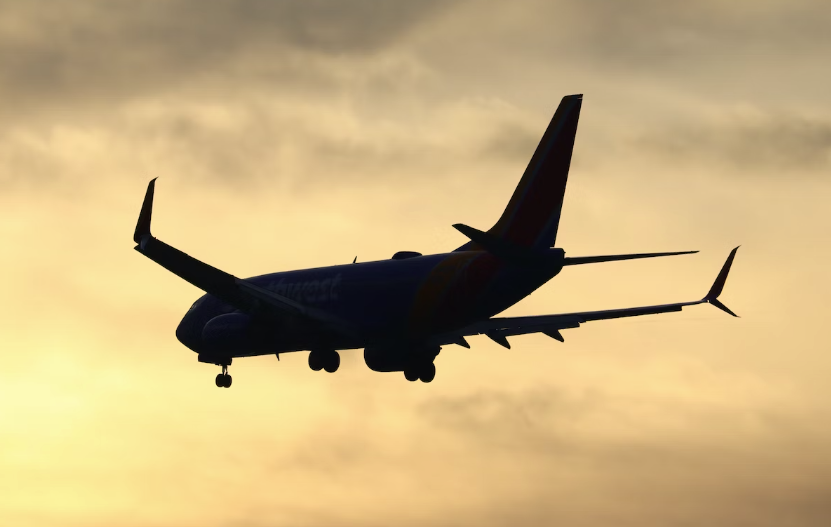
Boeing, though, says the -X would build not on the platform of the -200, but on that of the -400, and would be aimed at the cargo market. The -400, which sold very poorly, has seats for around 250 people. Again this is too big. In any case, Boeing eyes the 767-X chiefly as a freighter, not a passenger carrier.
Which leaves us… where?
While Boeing makes up its mind, the 737 MAX drama continues at center stage. And here’s the part we hate to ask but need to: why did the MAX need to exist in the first place?
What if, back in 2004, Boeing had gone ahead with the 797 in lieu of yet bigger and heavier 737s? And were the MAX tragedies, on some deep-down level, an inevitable result of Boeing’s decades-long obsession with its 737 — its determination to keep the production line going, variant after variant, seemingly forever? Where in the blame pie does poor corporate strategy and stubborness fall?
There’s a place for the 737 and always will be. I just don’t know if that place is as far and wide as Boeing would like it to be. And although you won’t see it any reports, but what happened in Africa and Indonesia is, maybe, fate’s way of telling Boeing that the time has come to move on.
This article appeared originally on The Points Guy website and is being used with permission.
Photos courtesy of Alberta Riva, Justin Hu, Daniel Shapiro, Nicholas Susilo, Joao Zymot, Bing Hui Yau and Unsplash.



